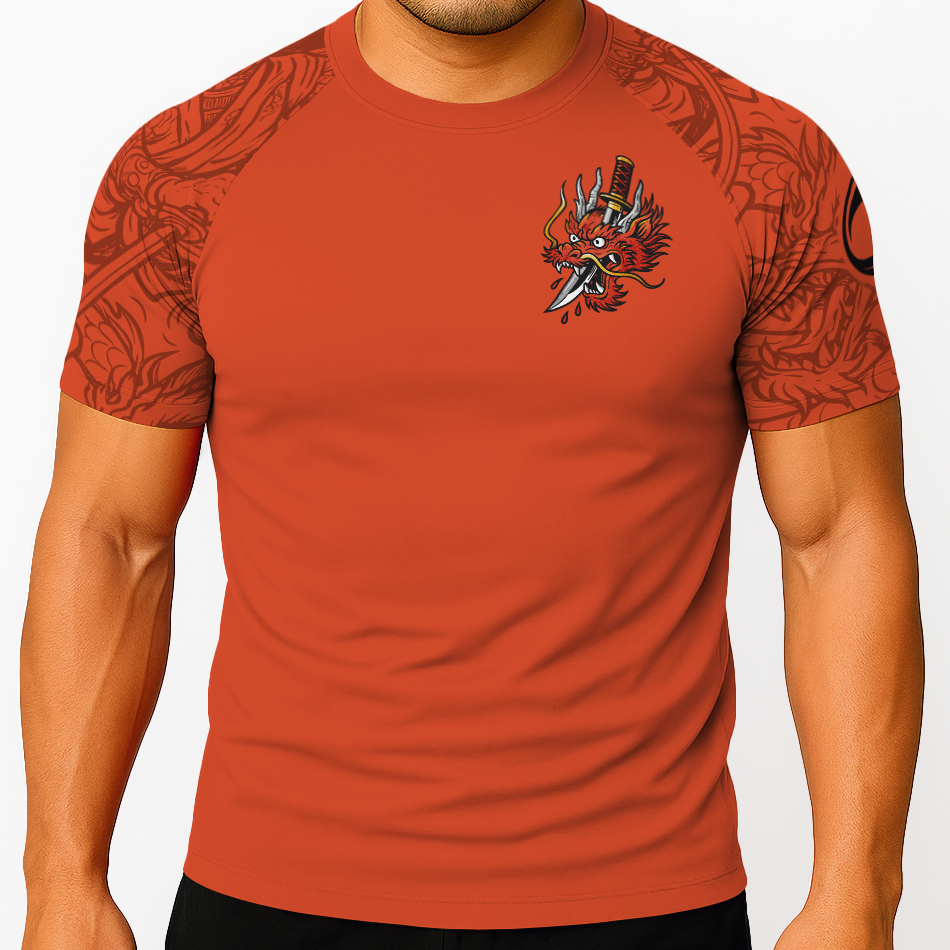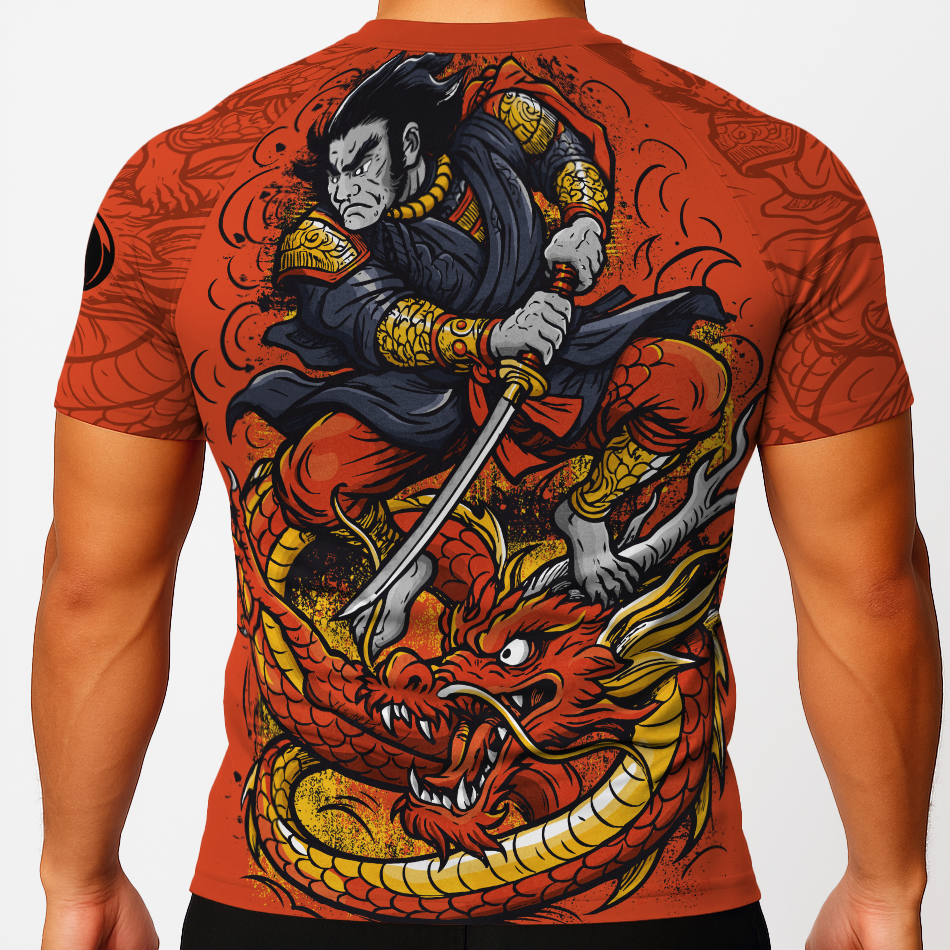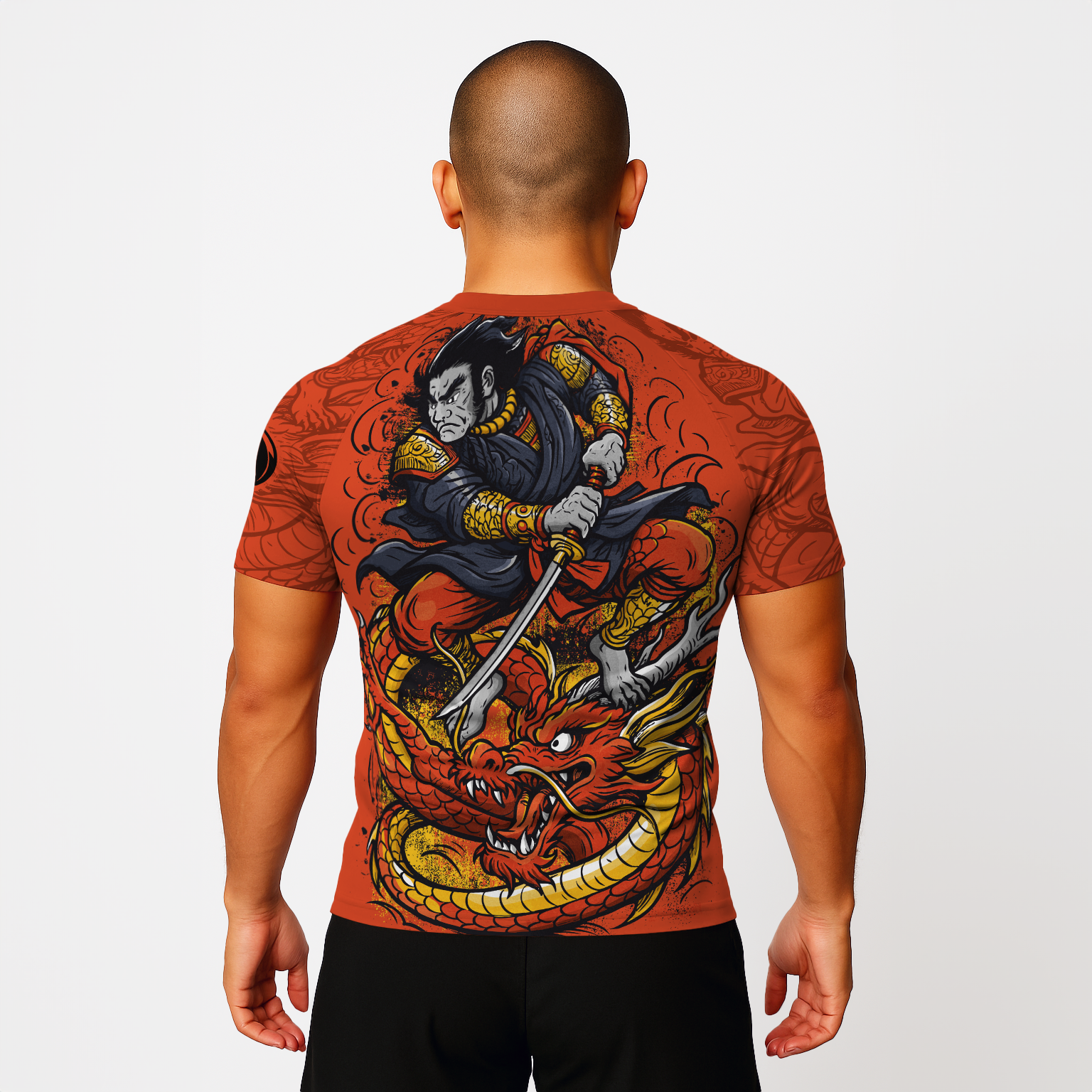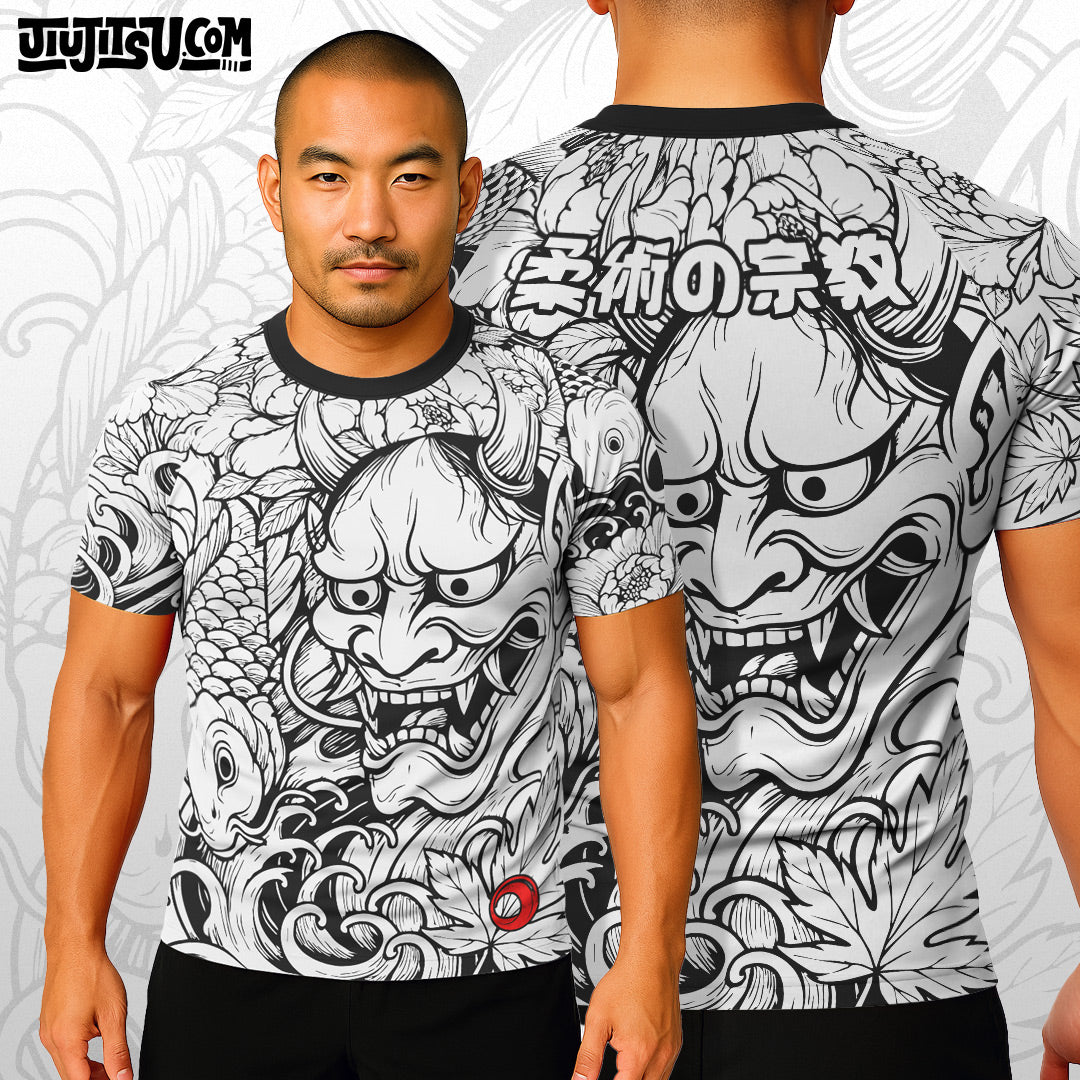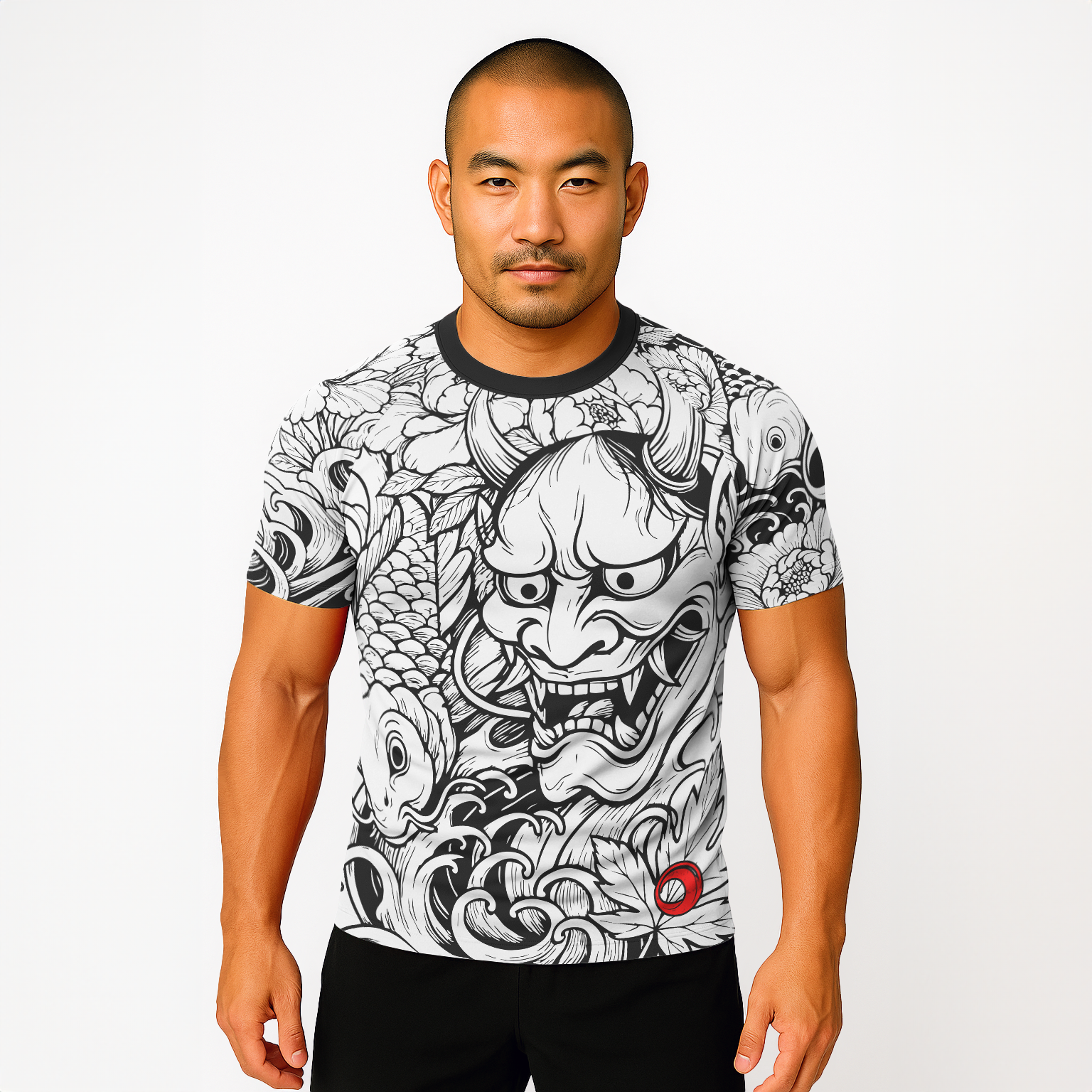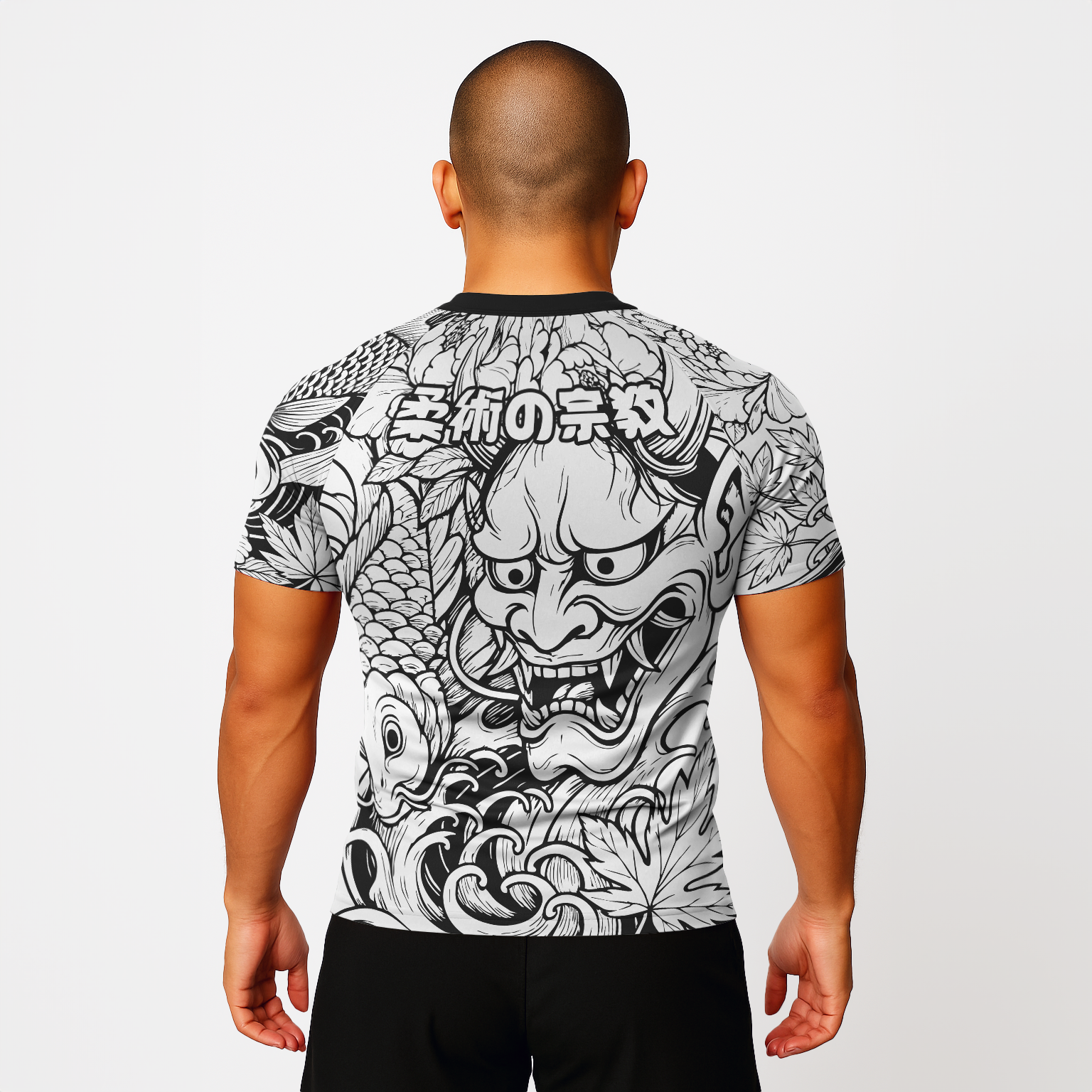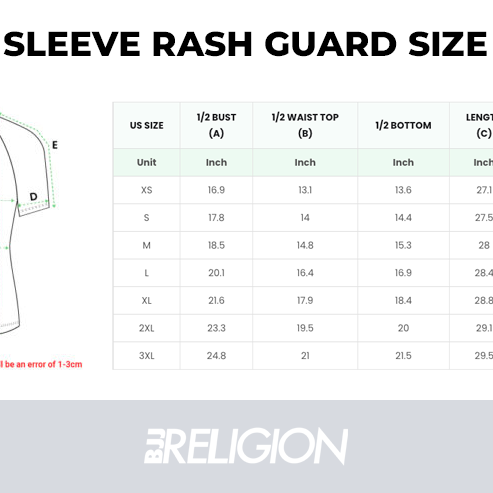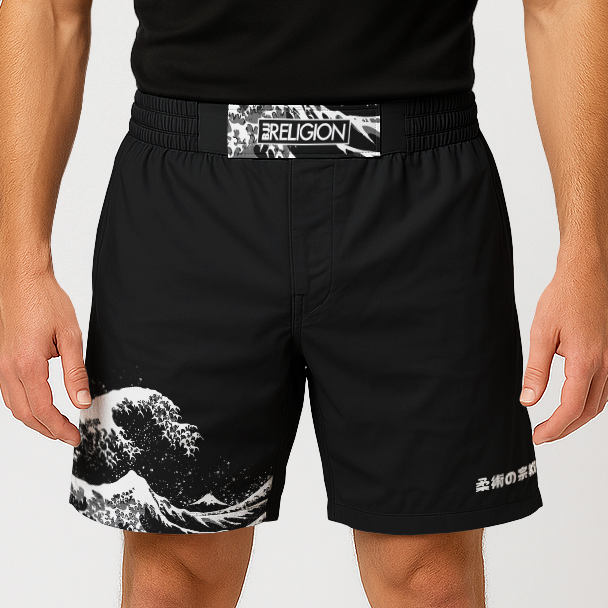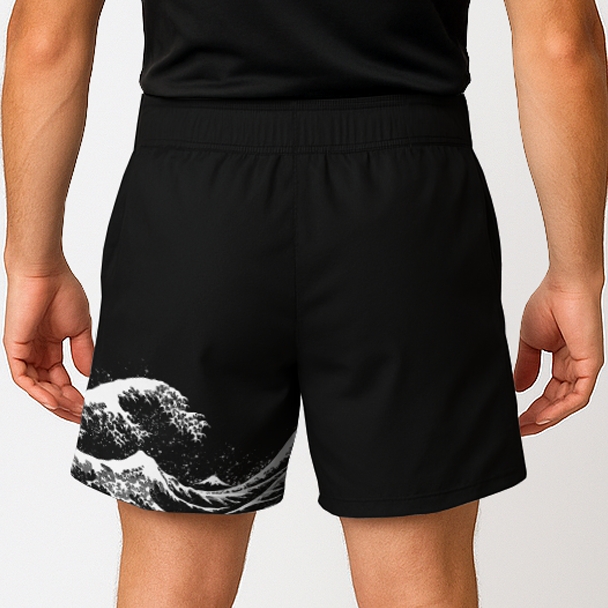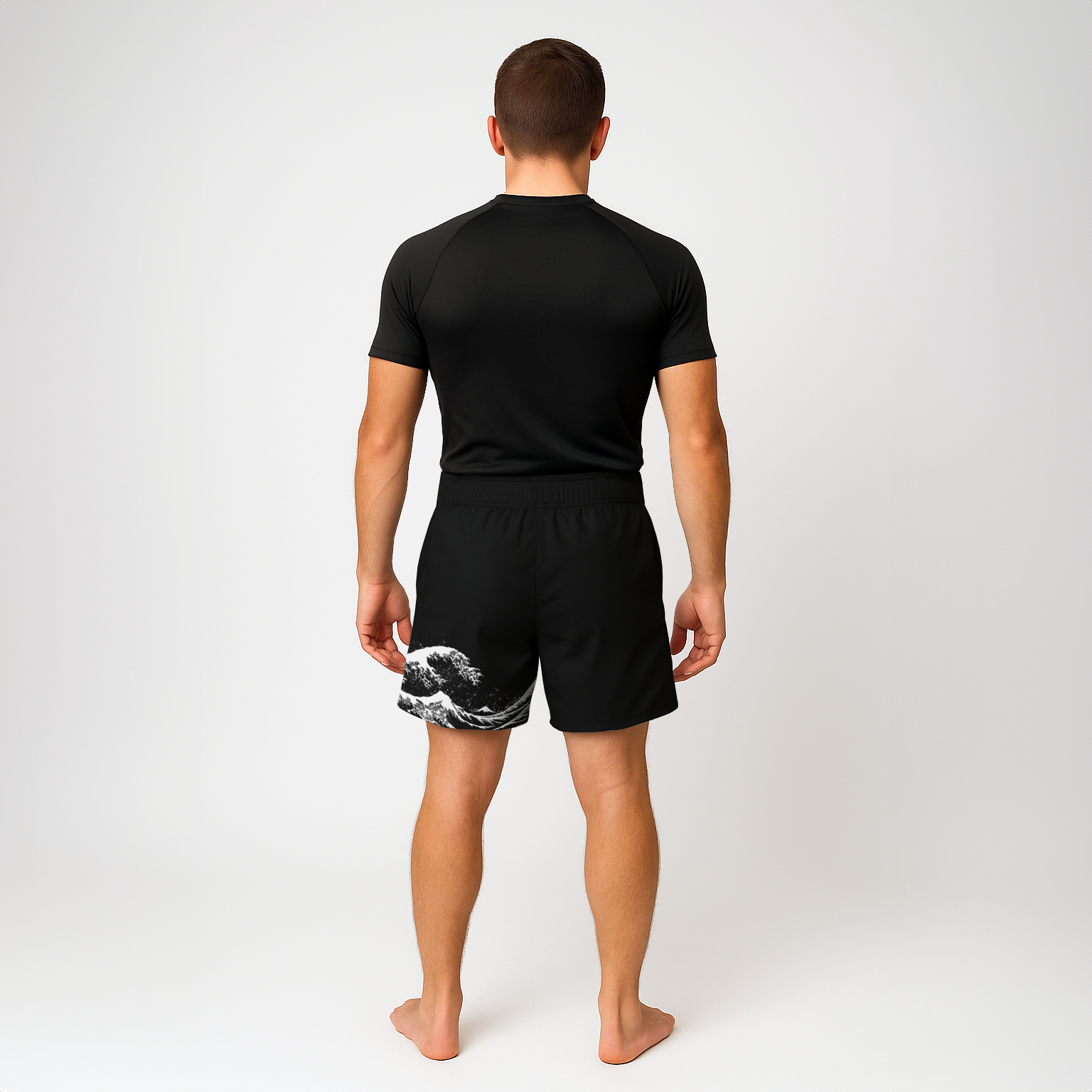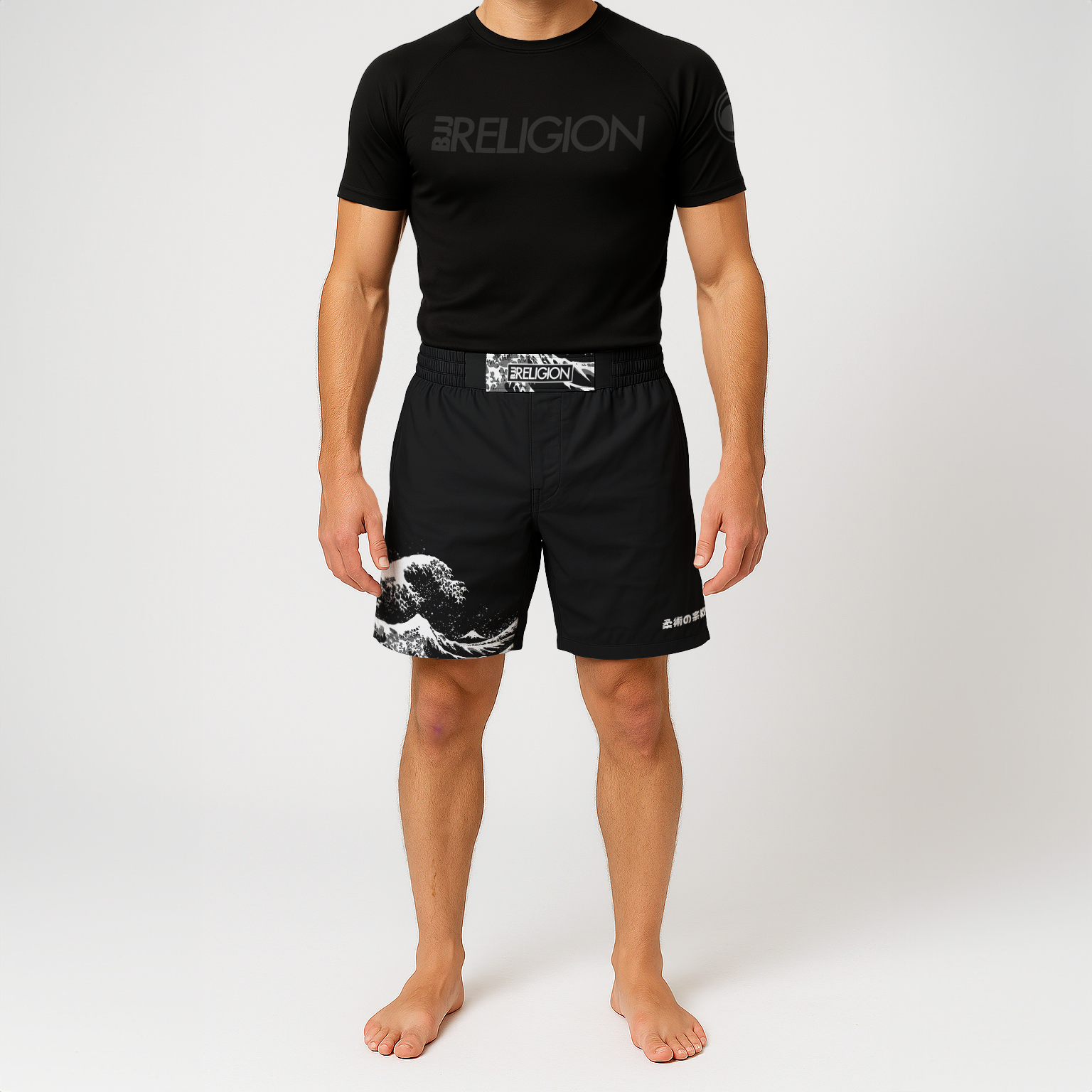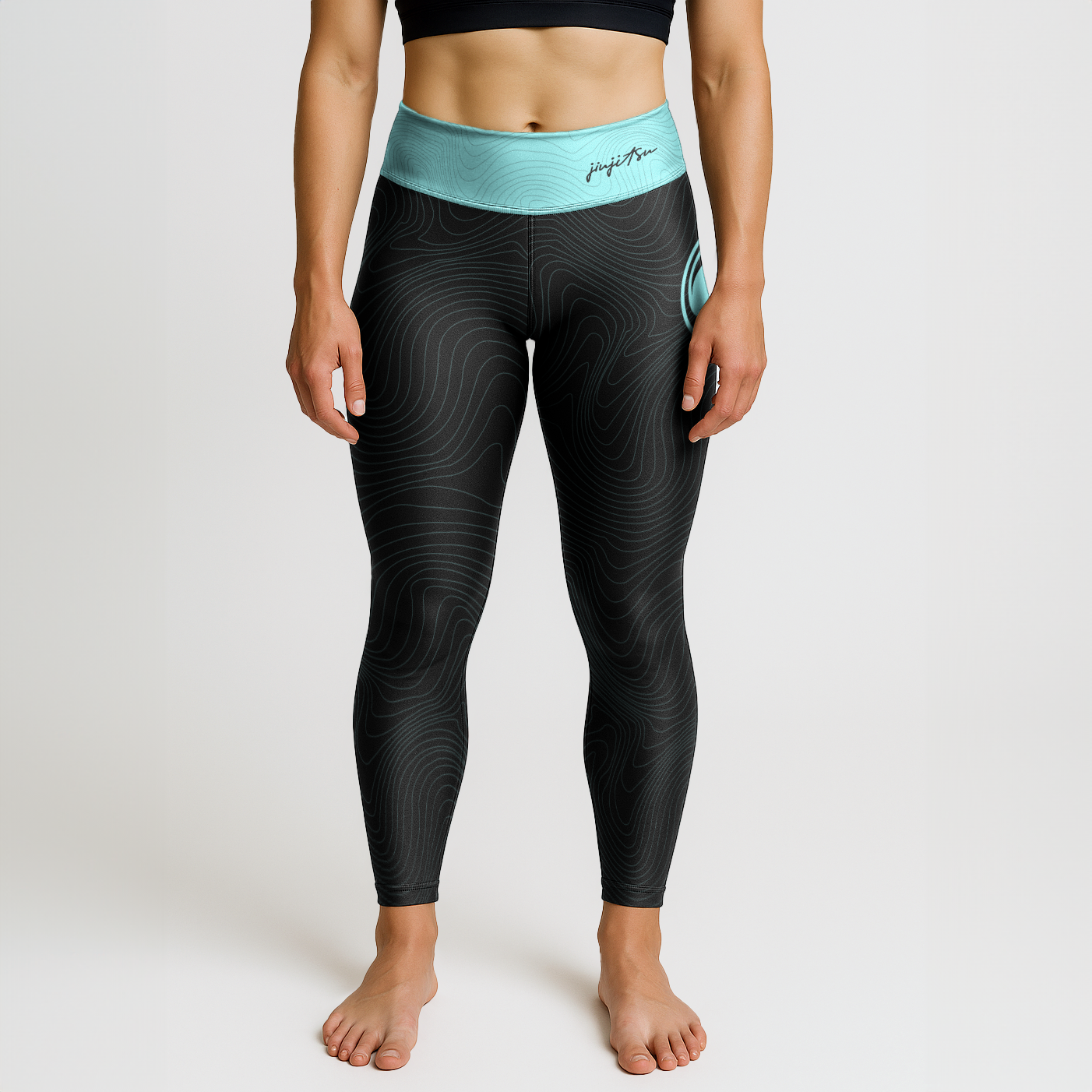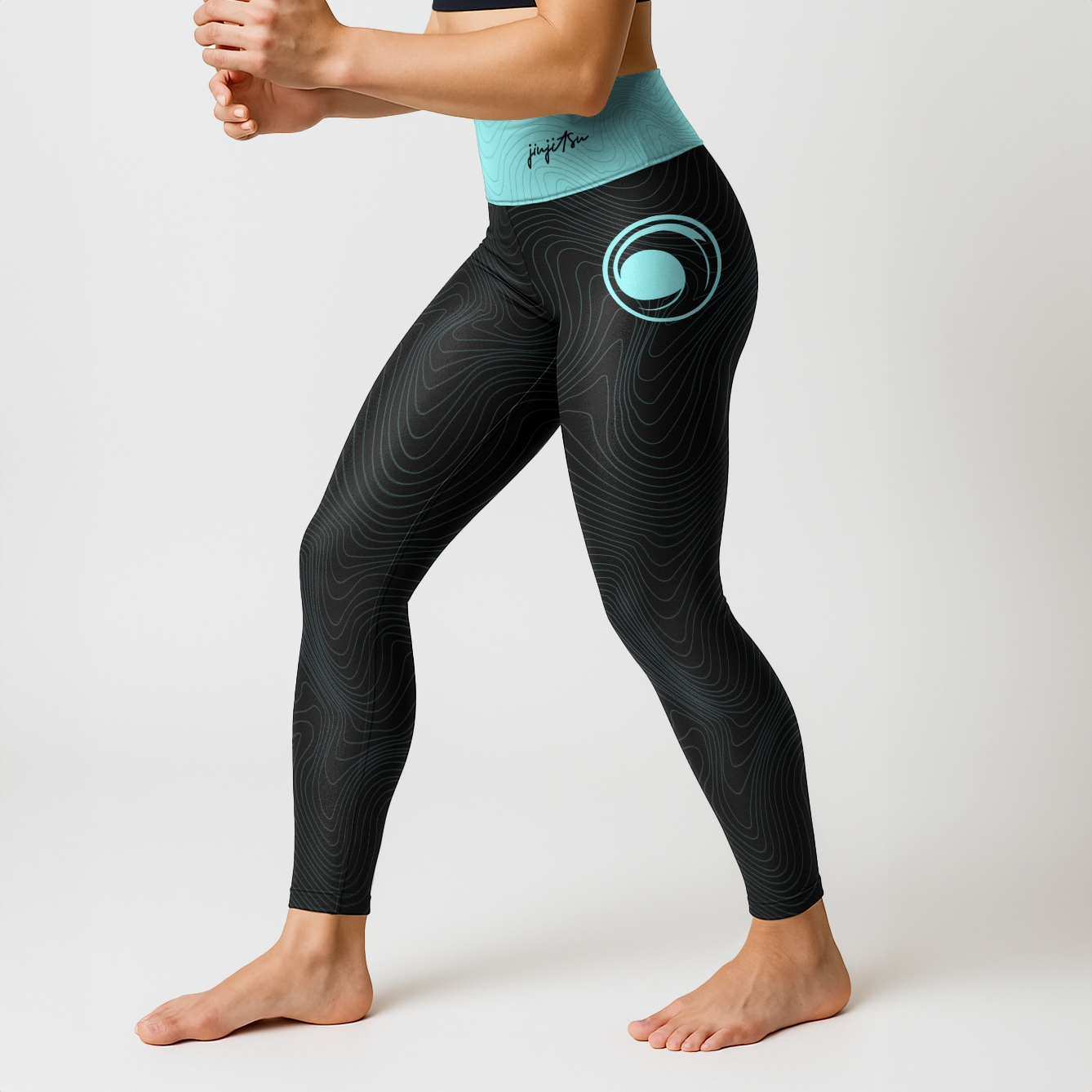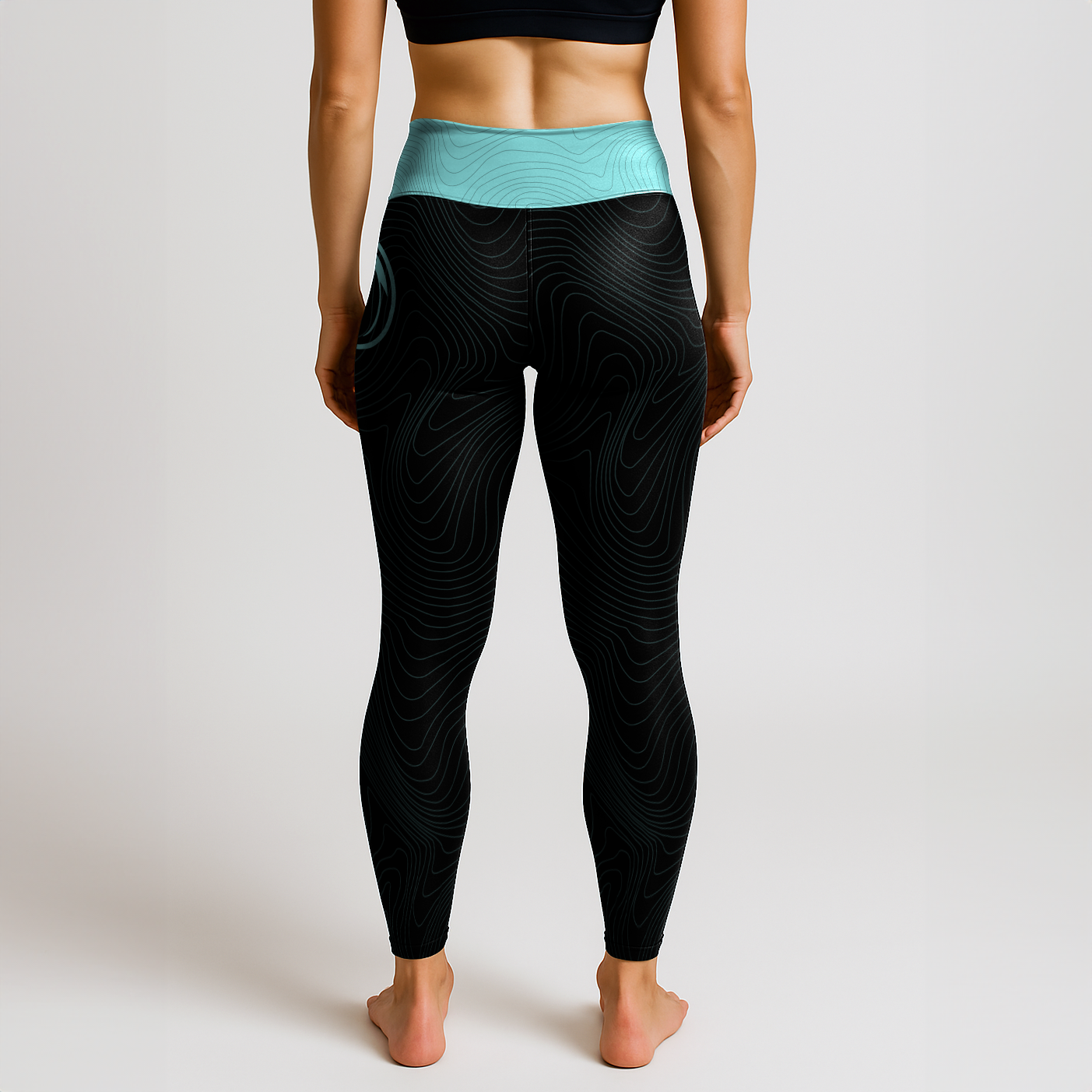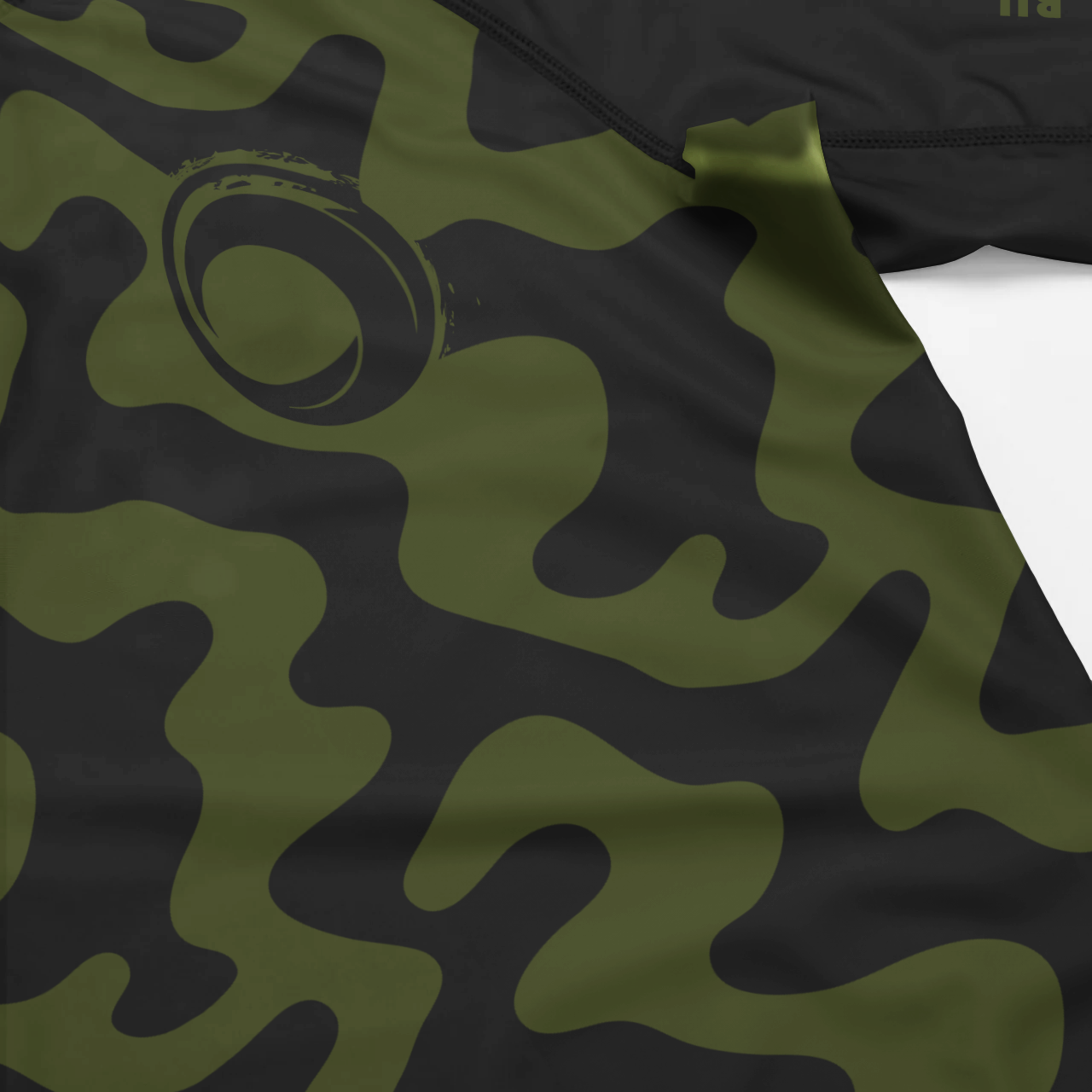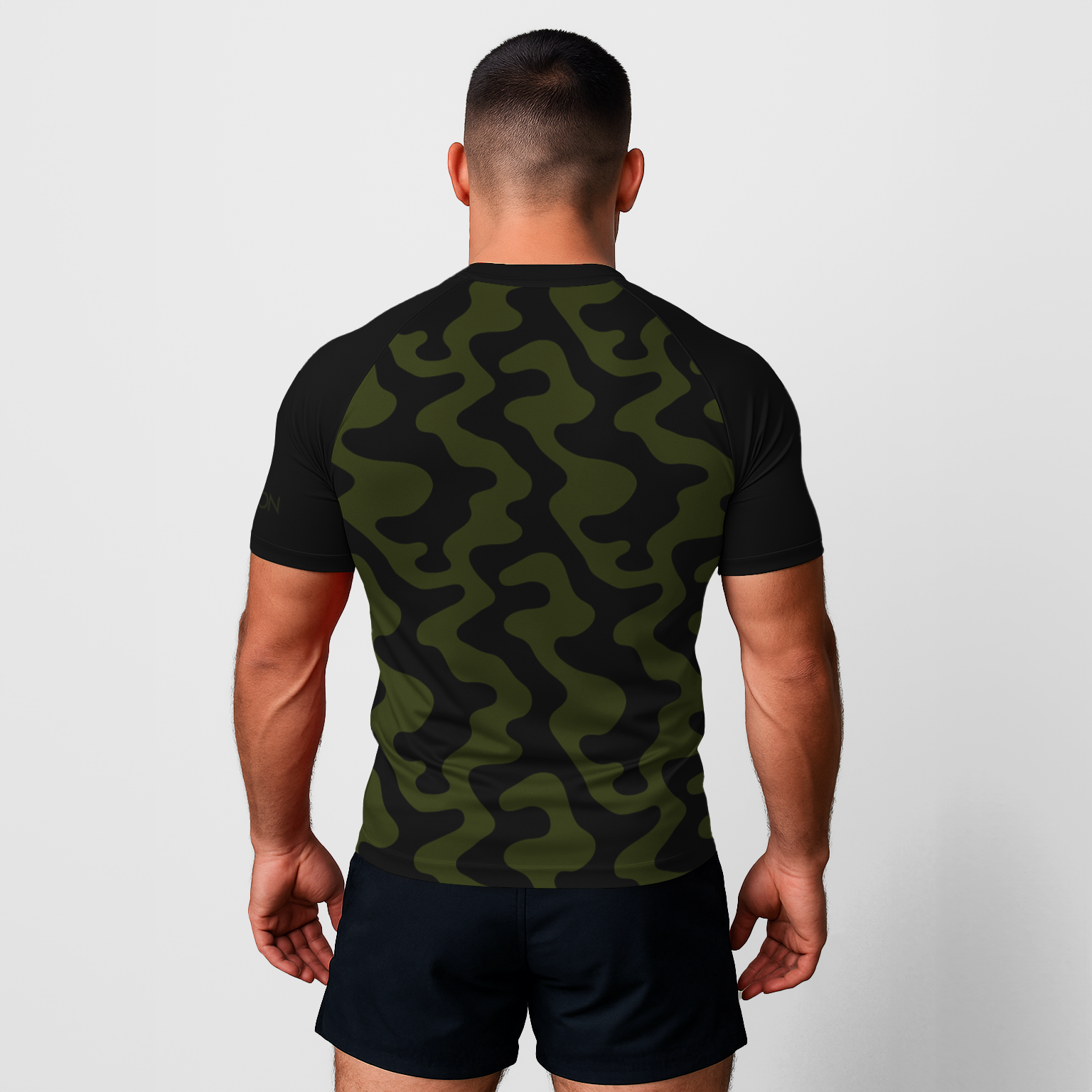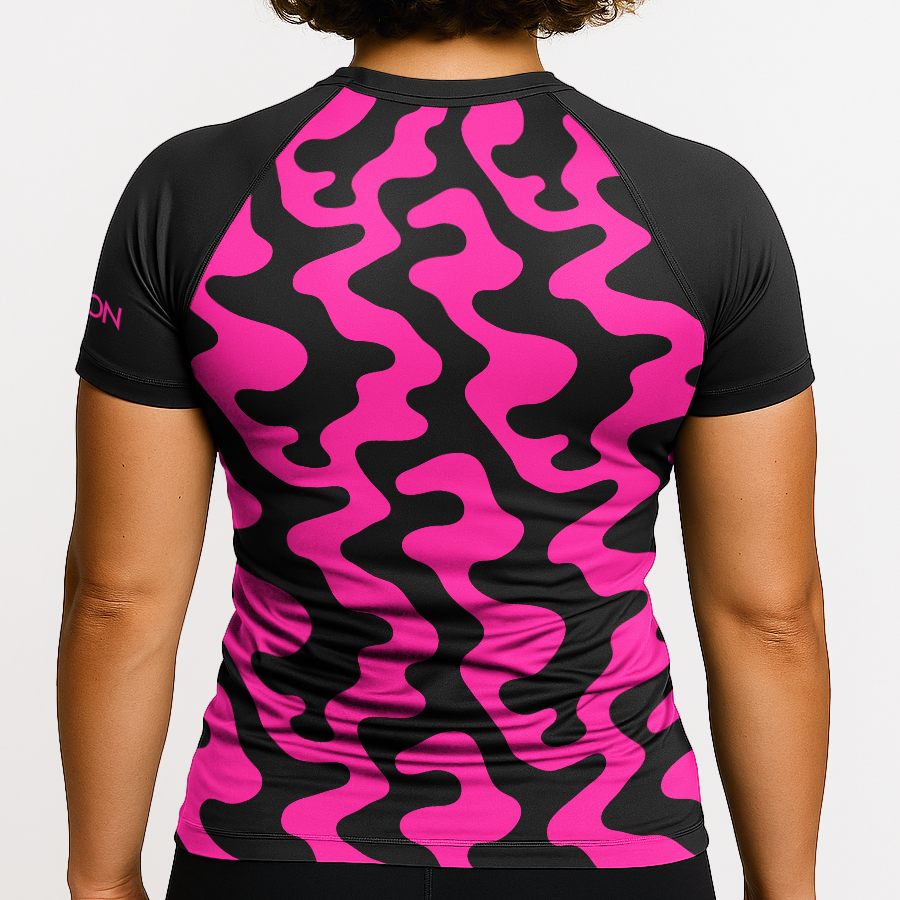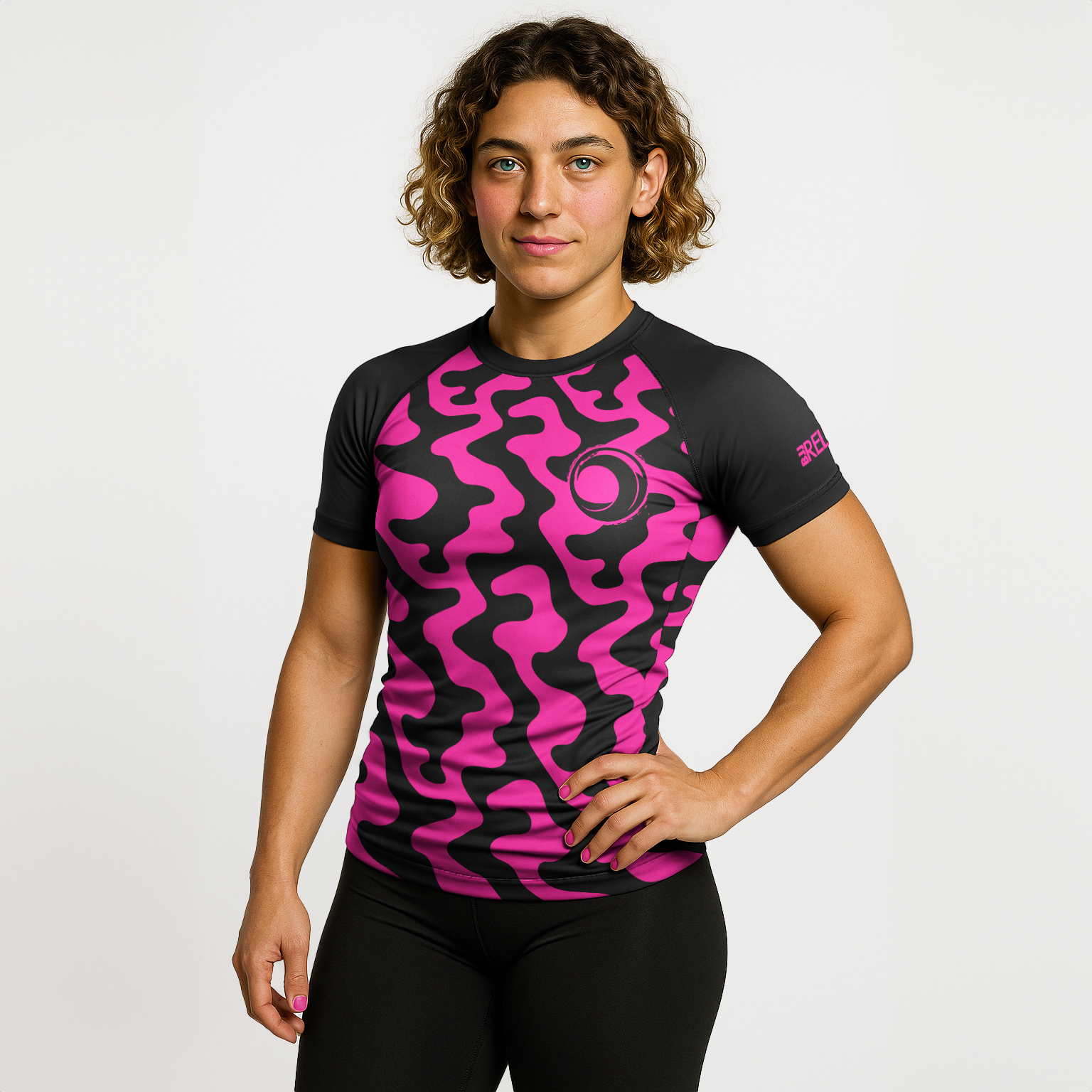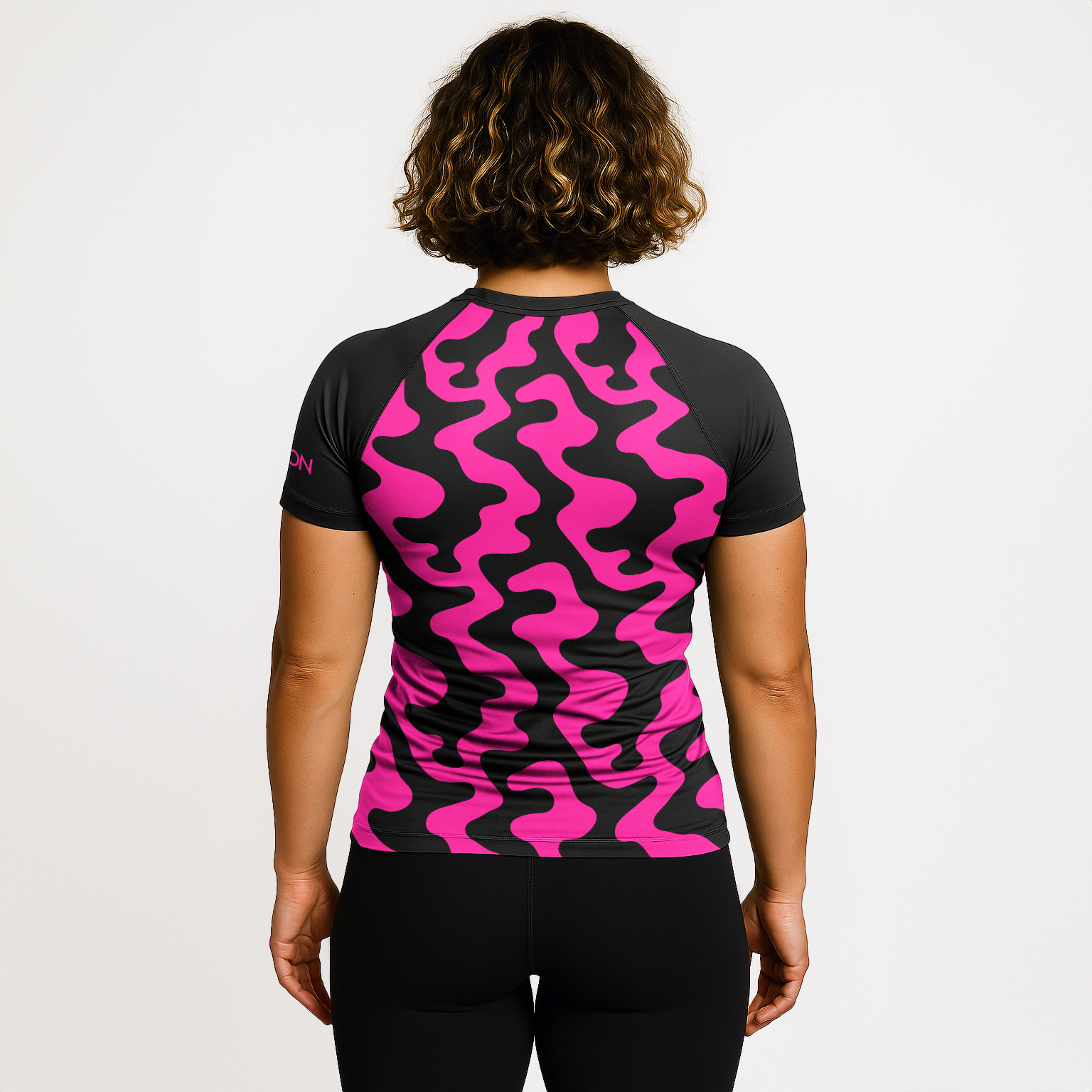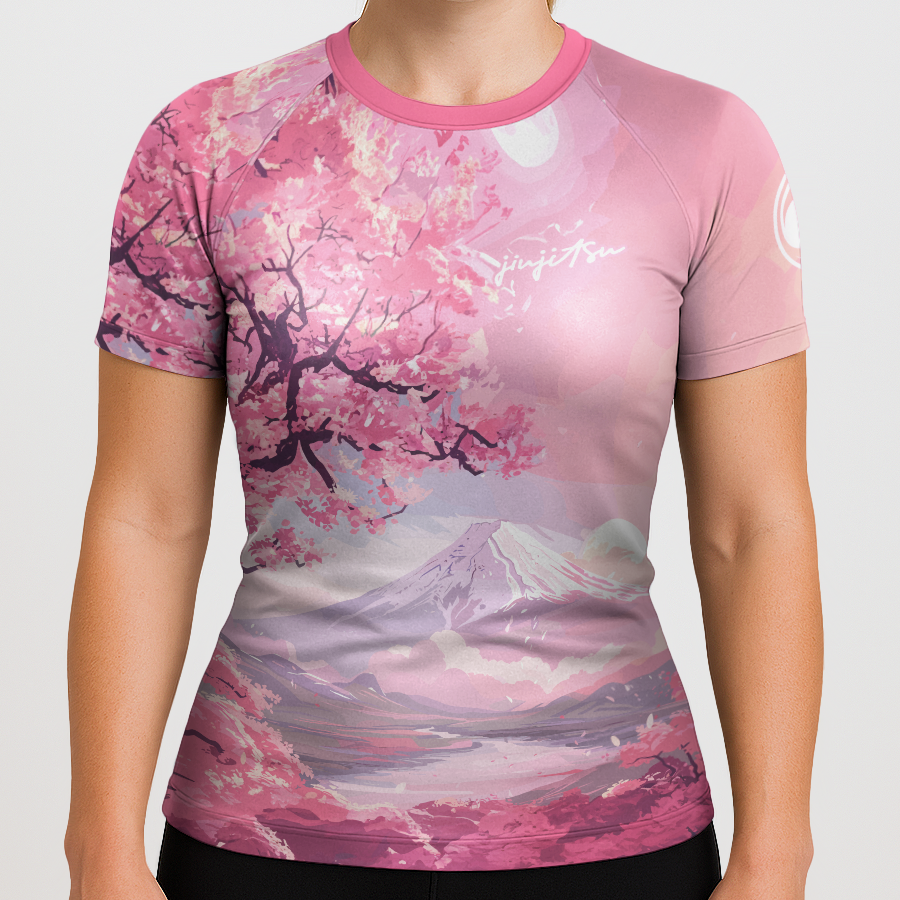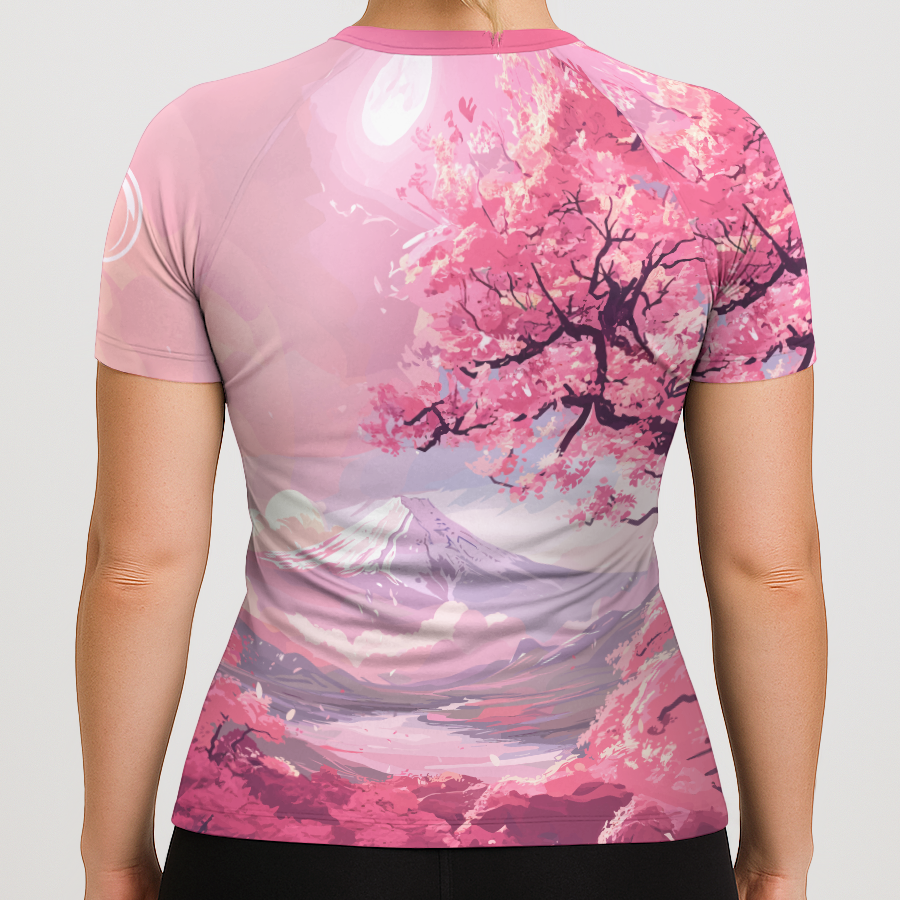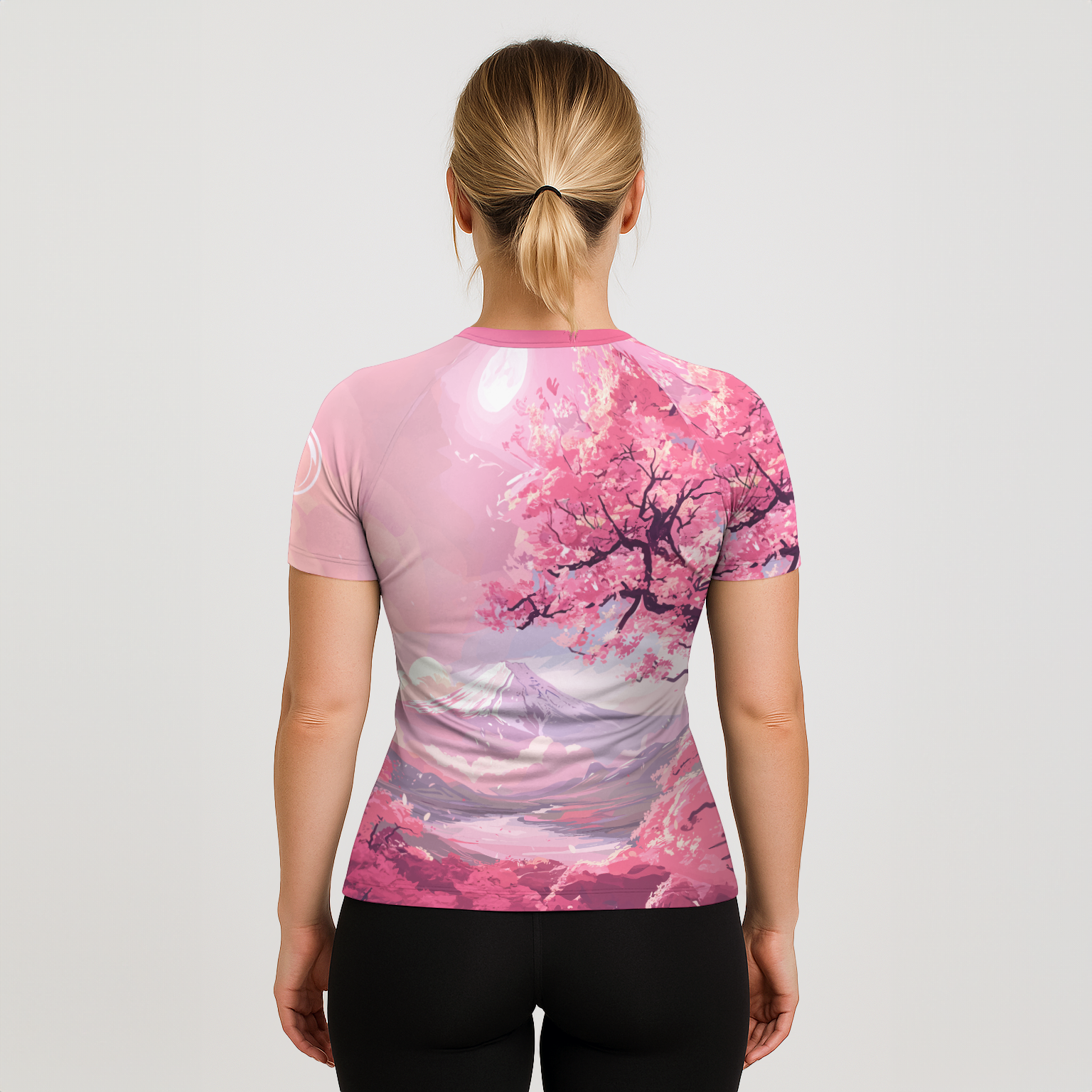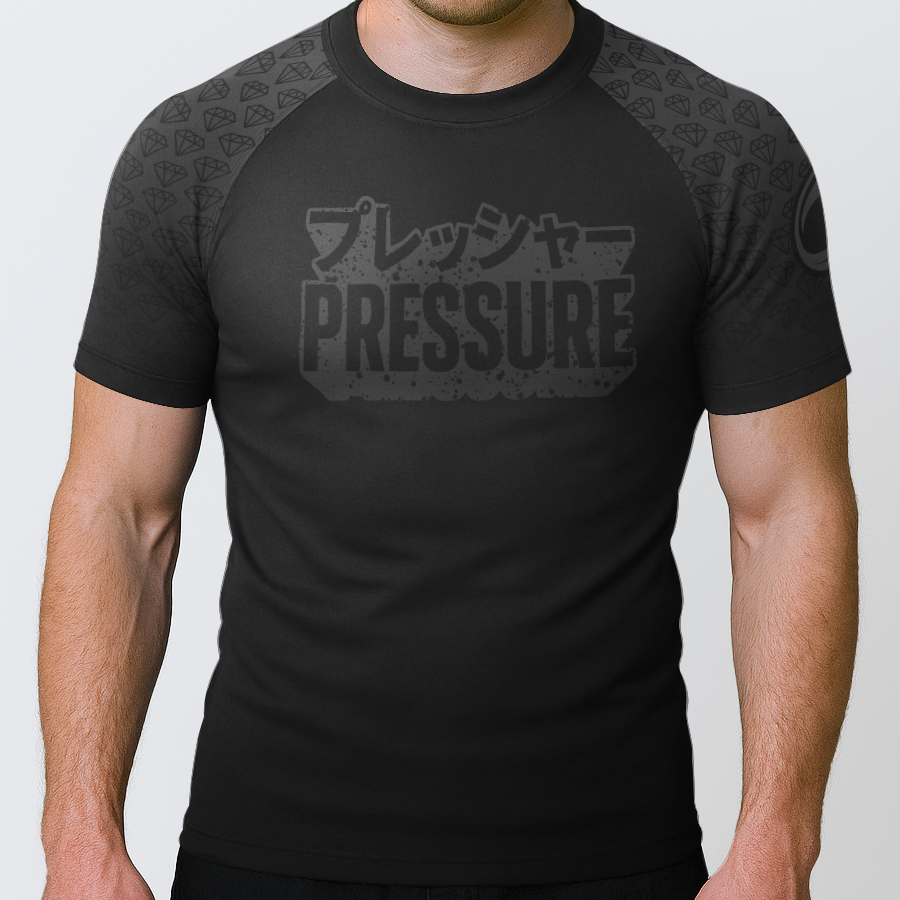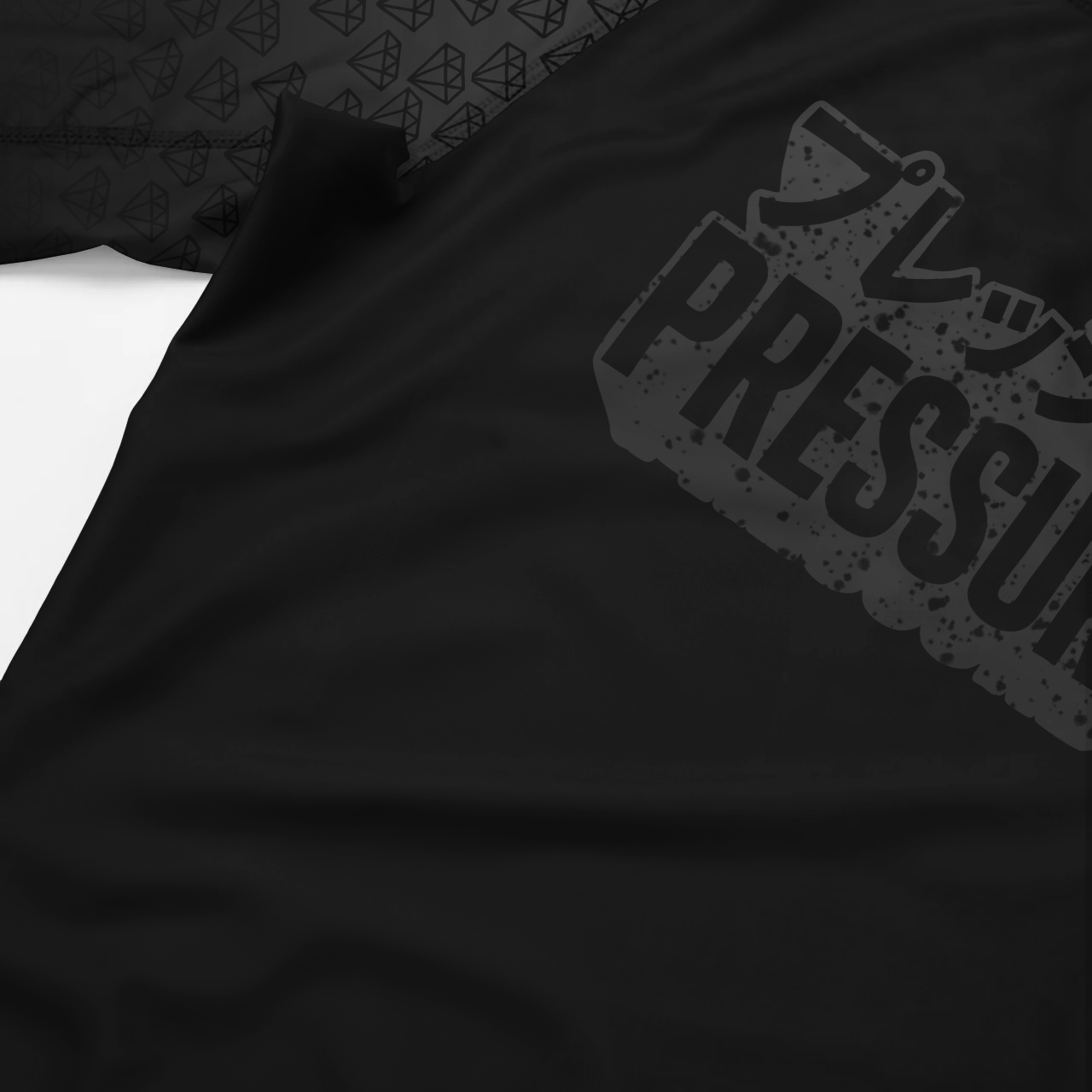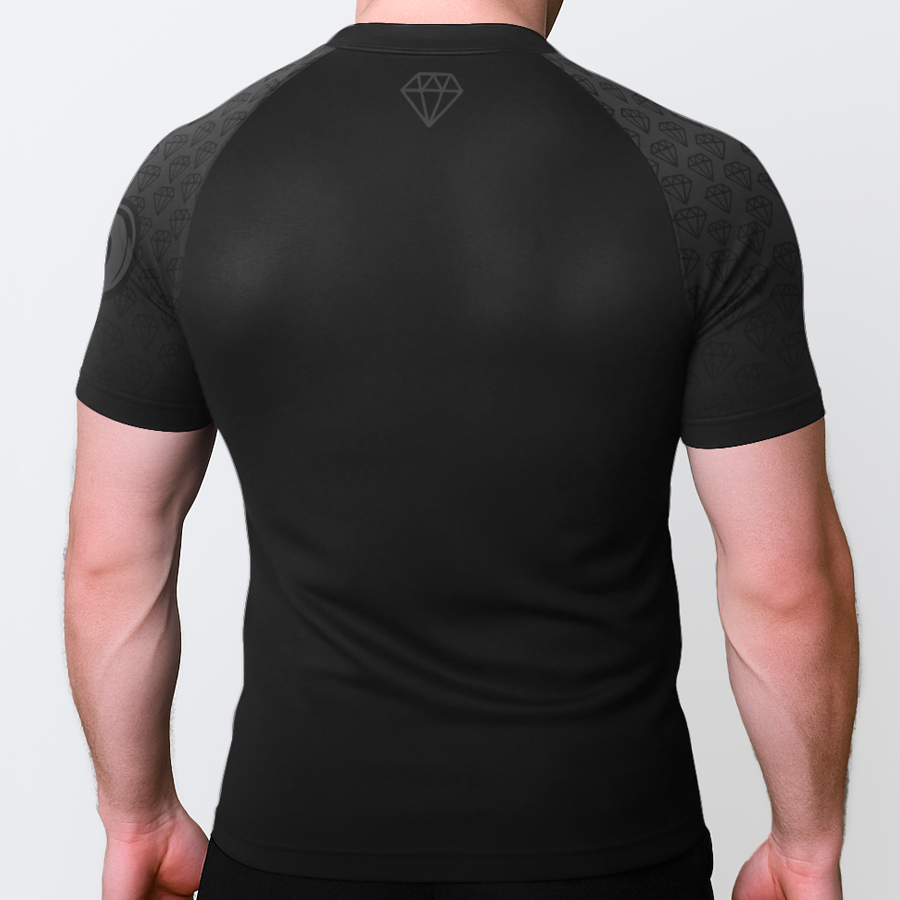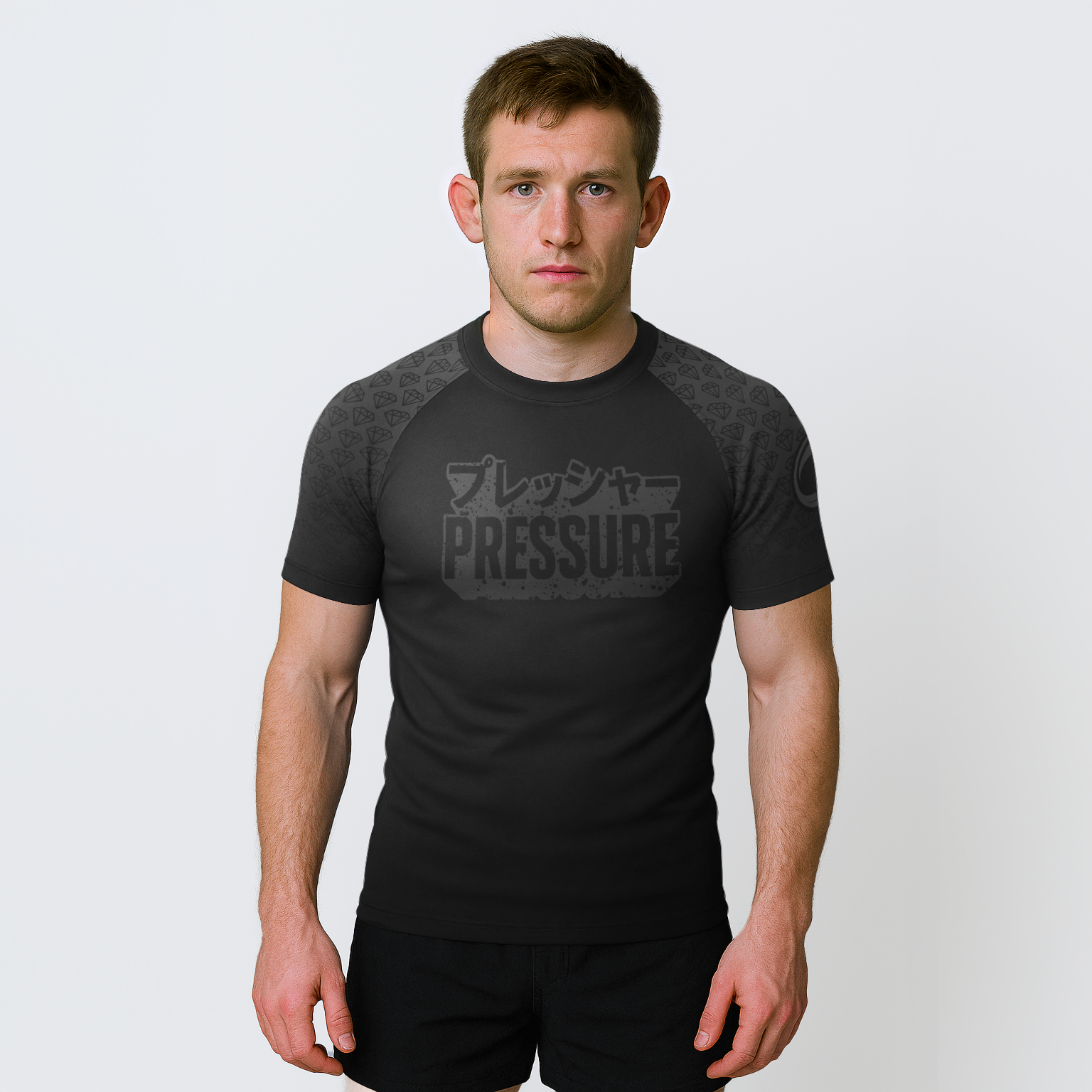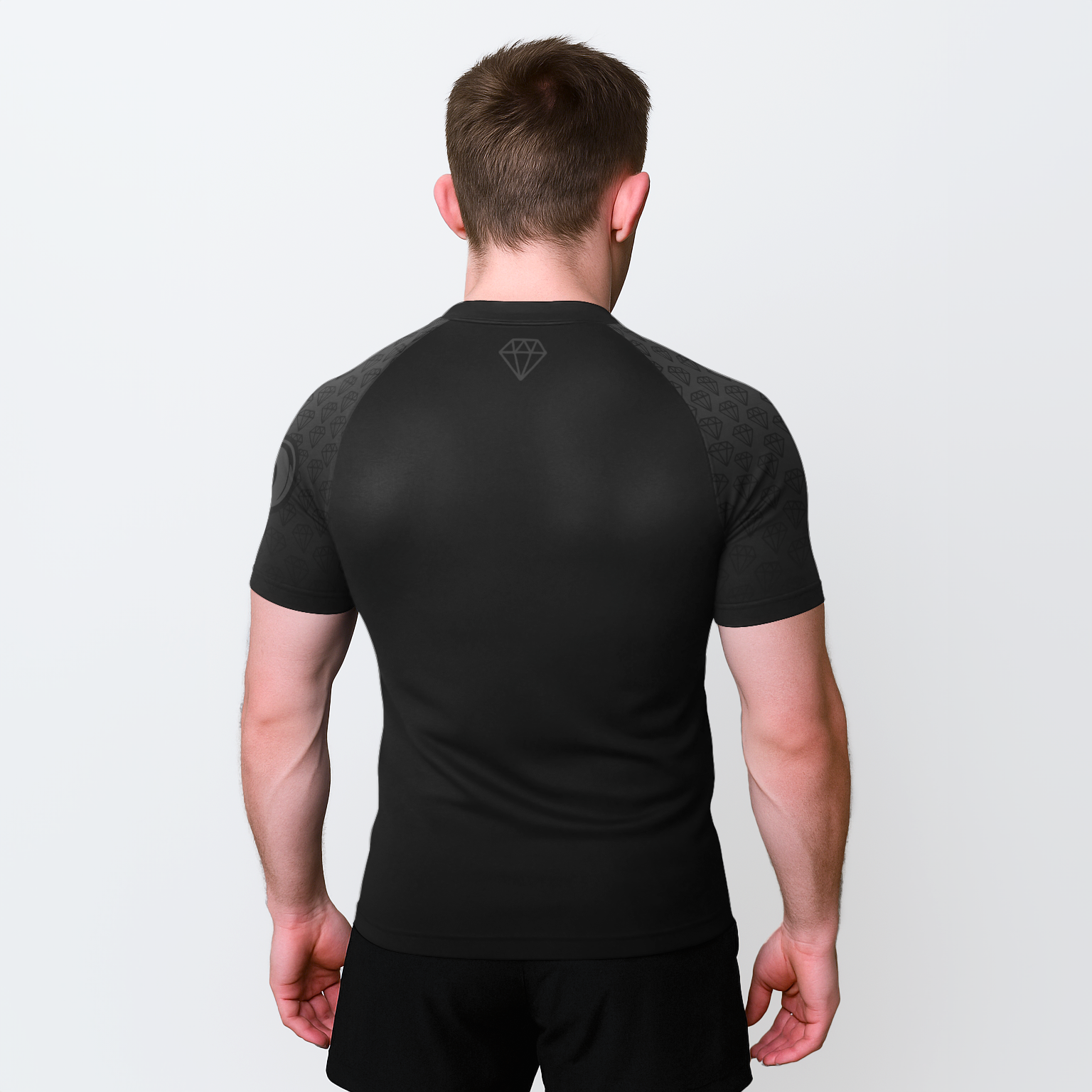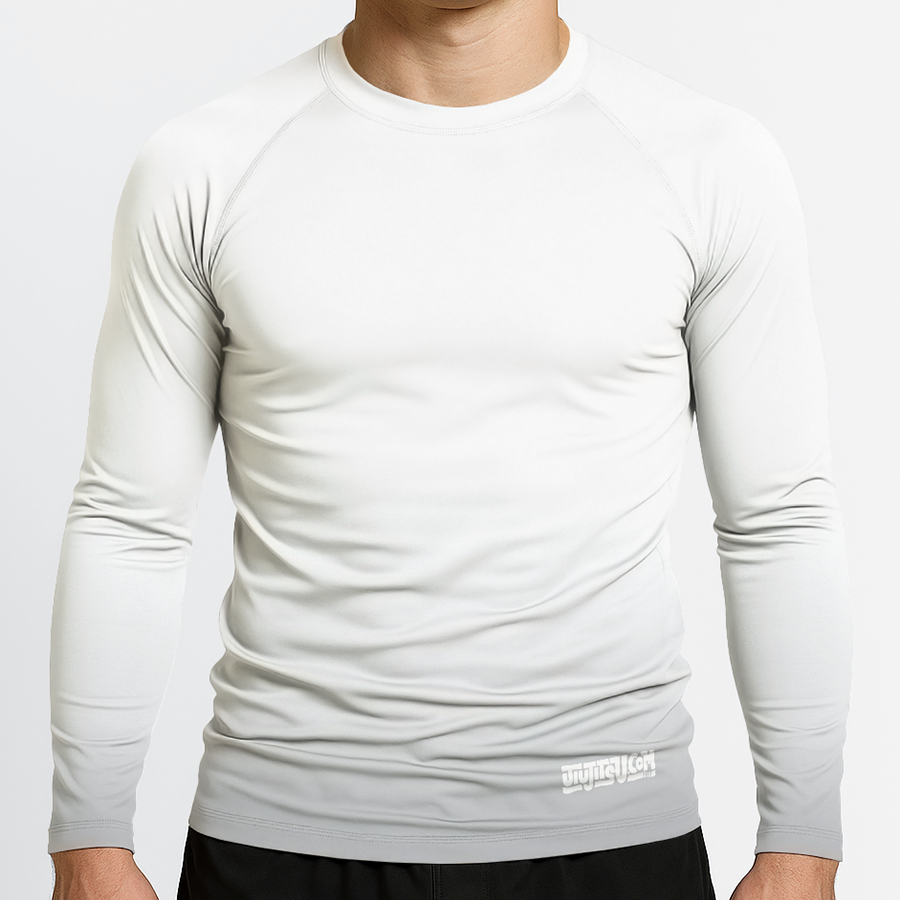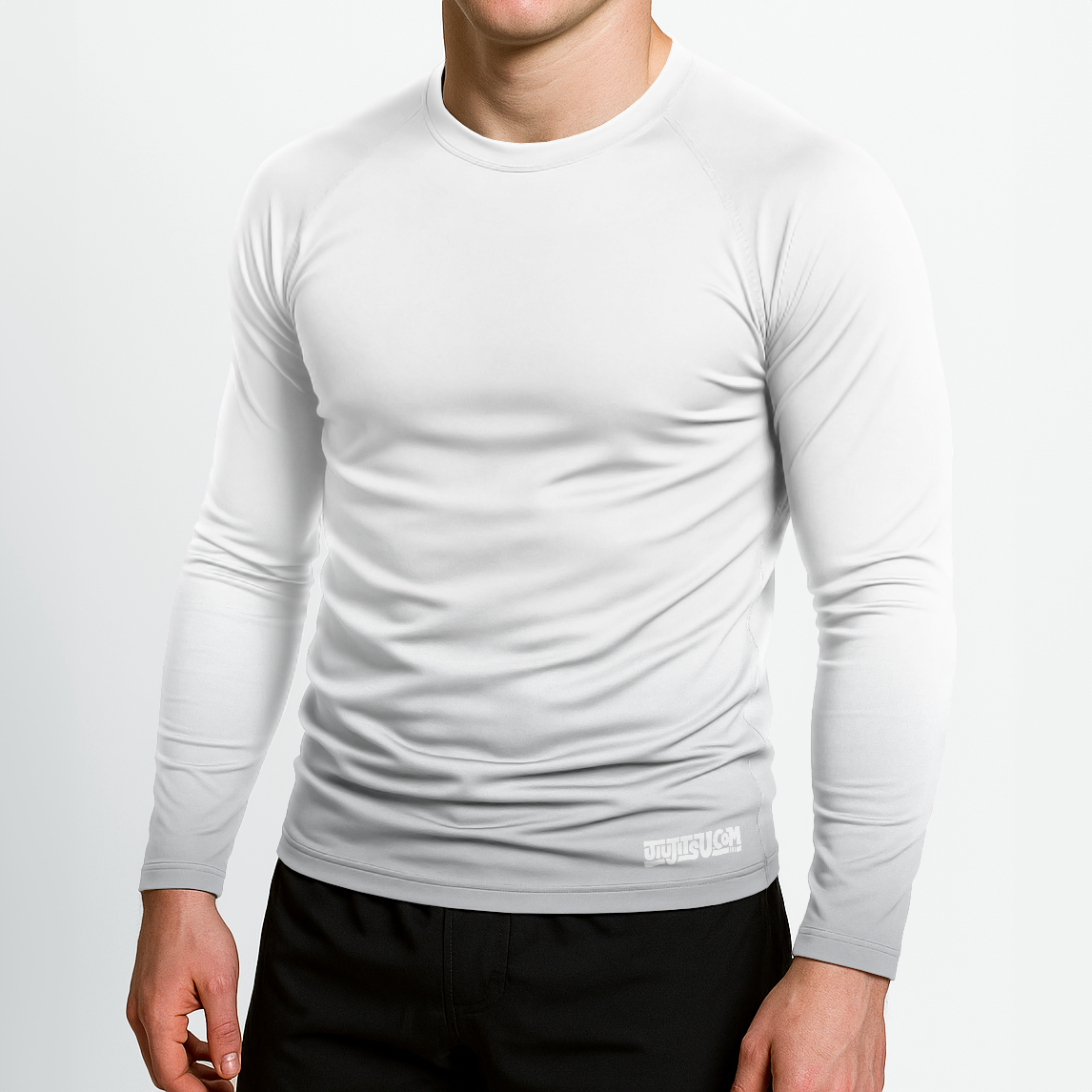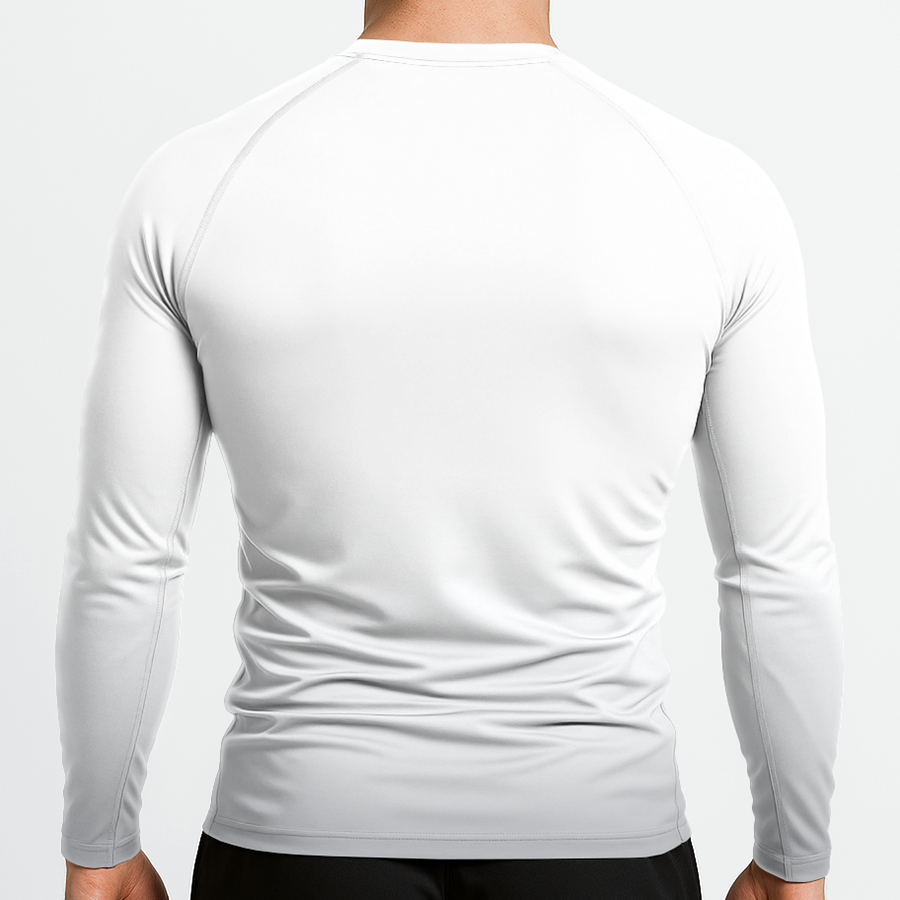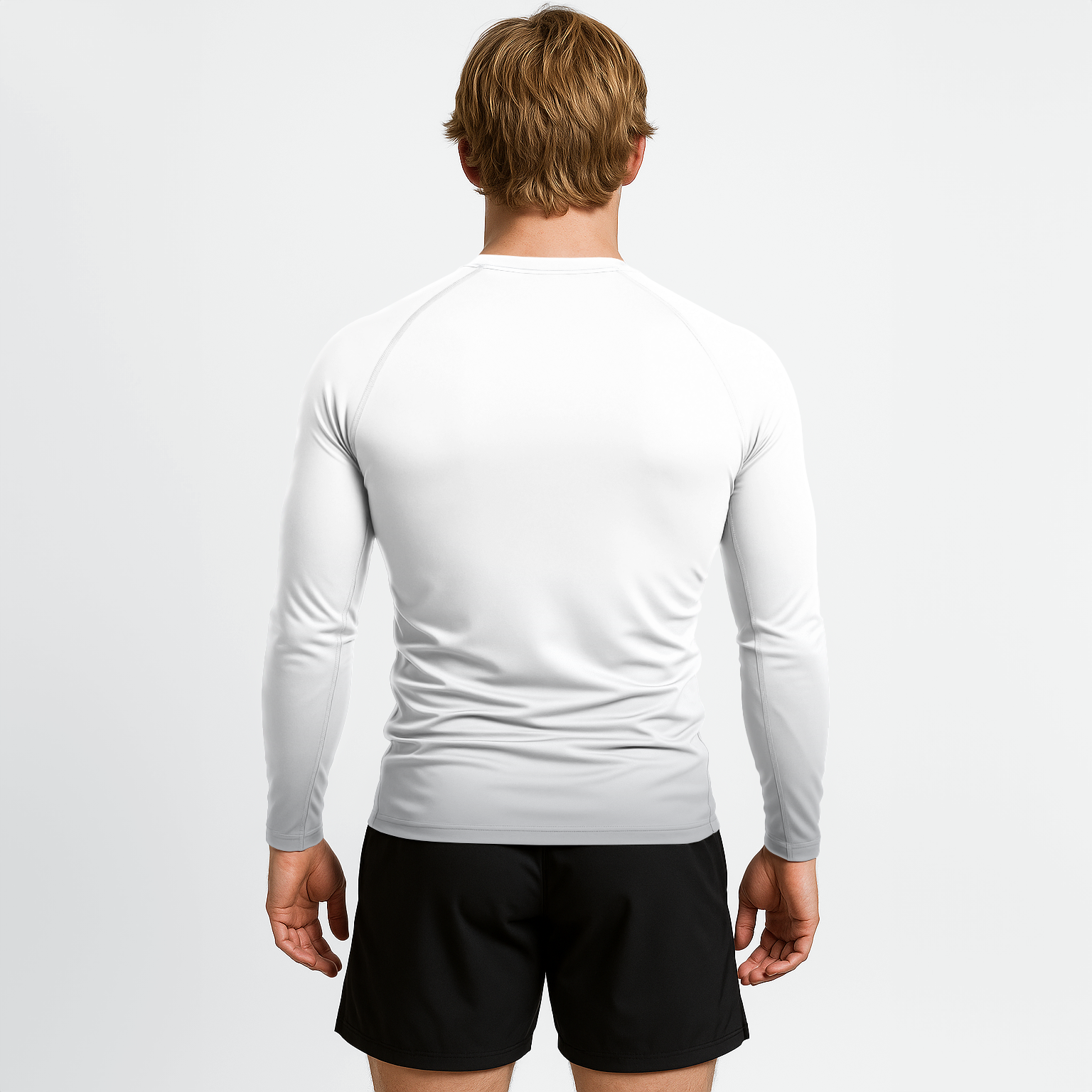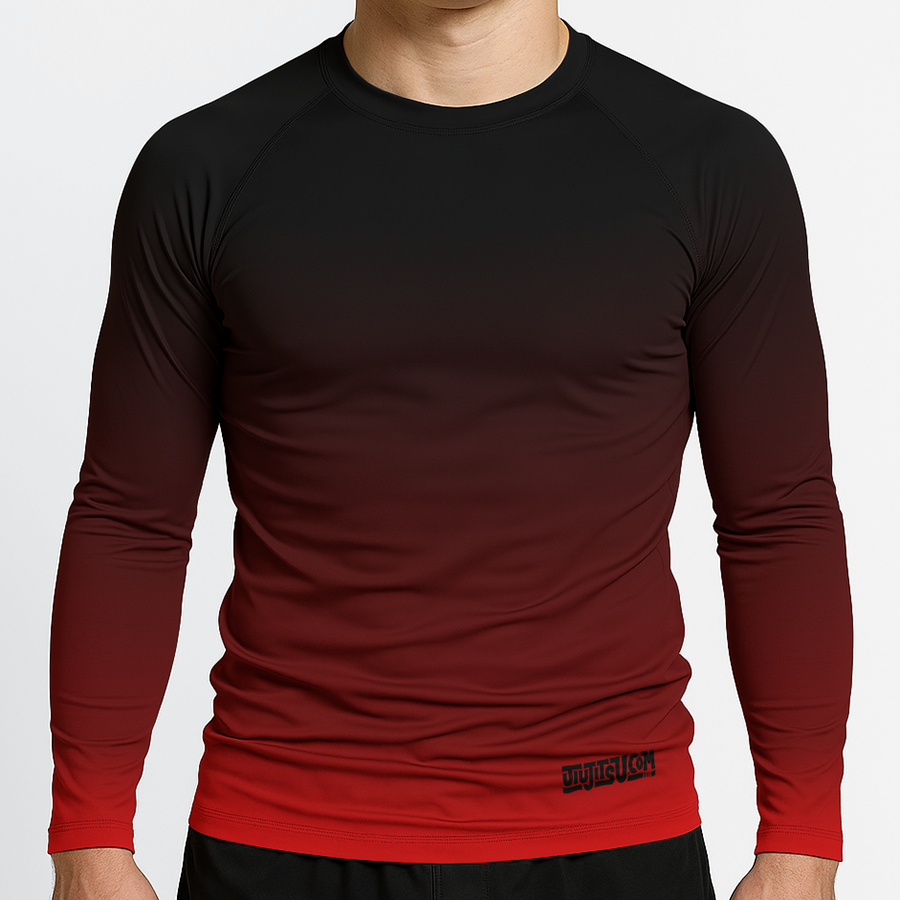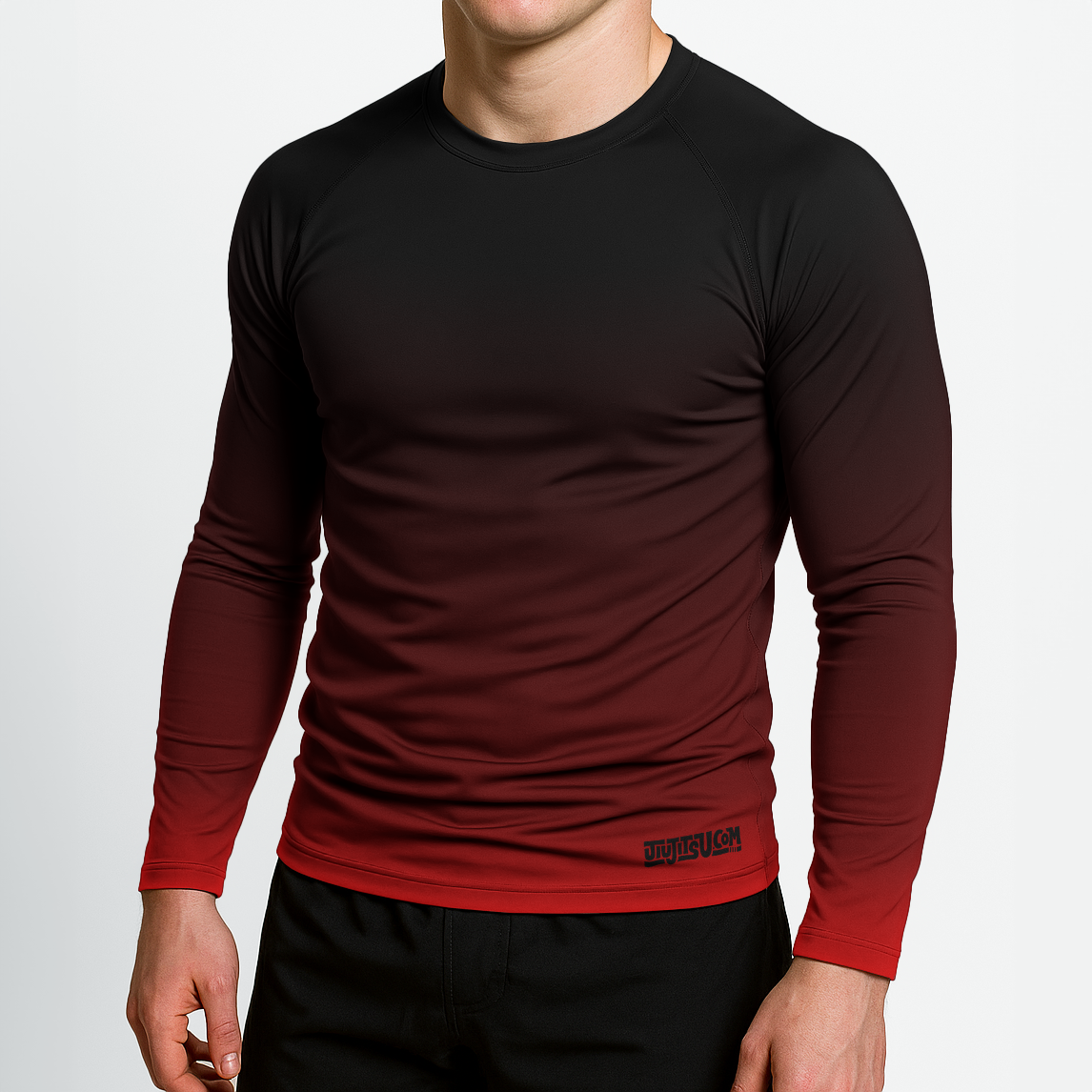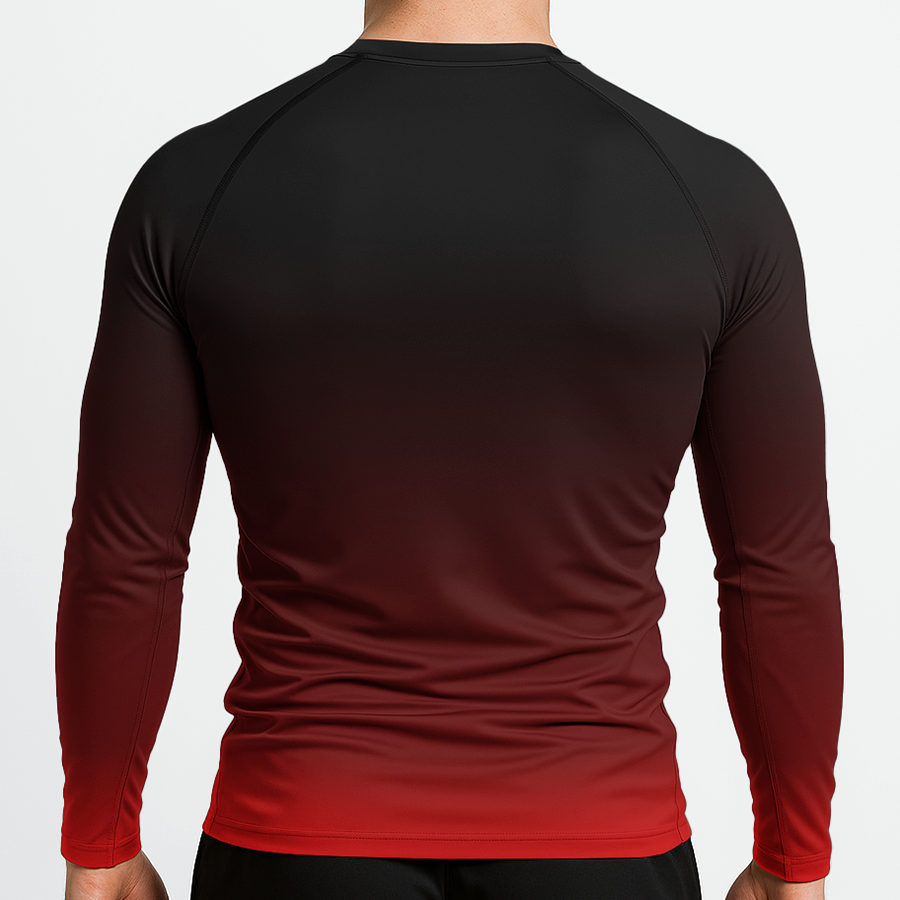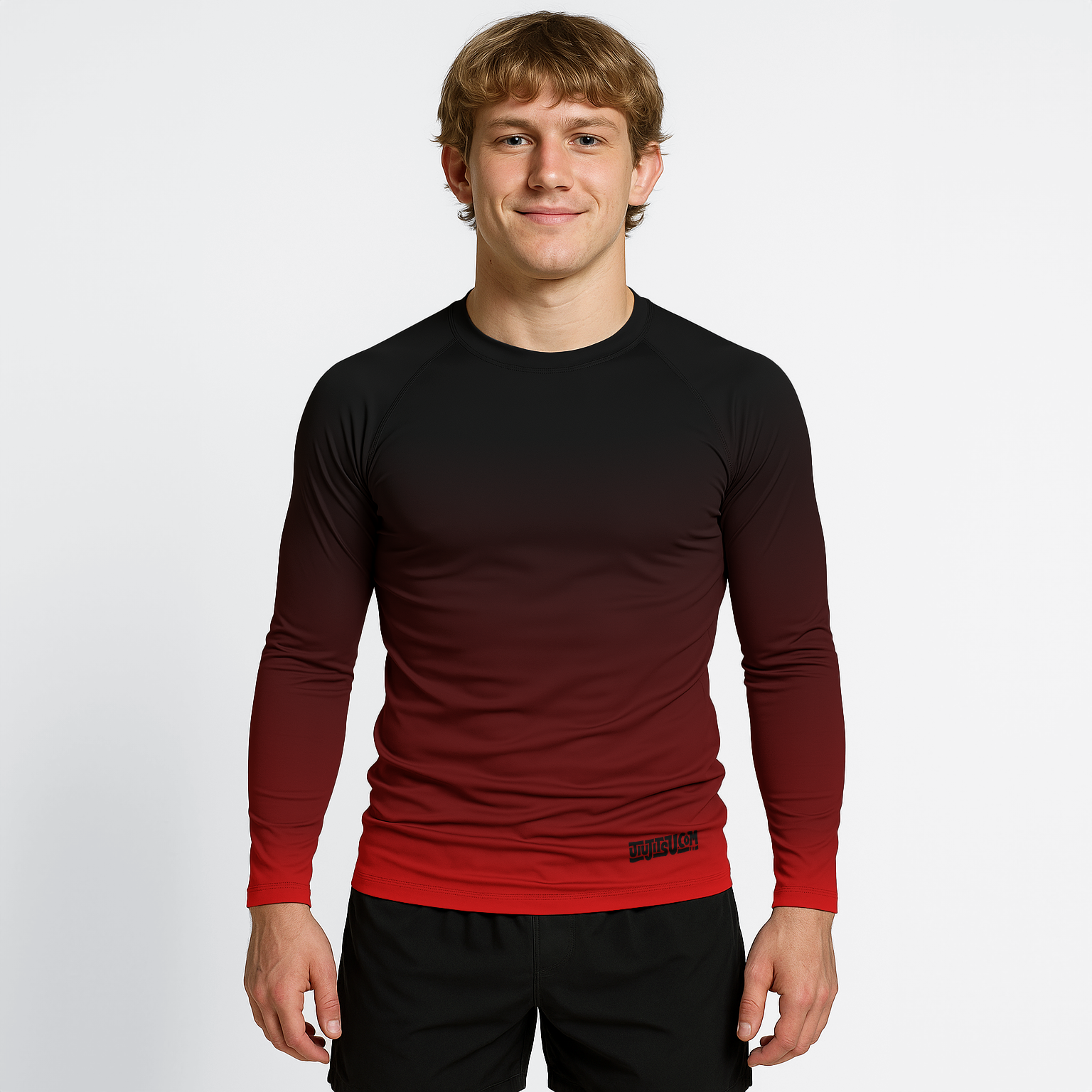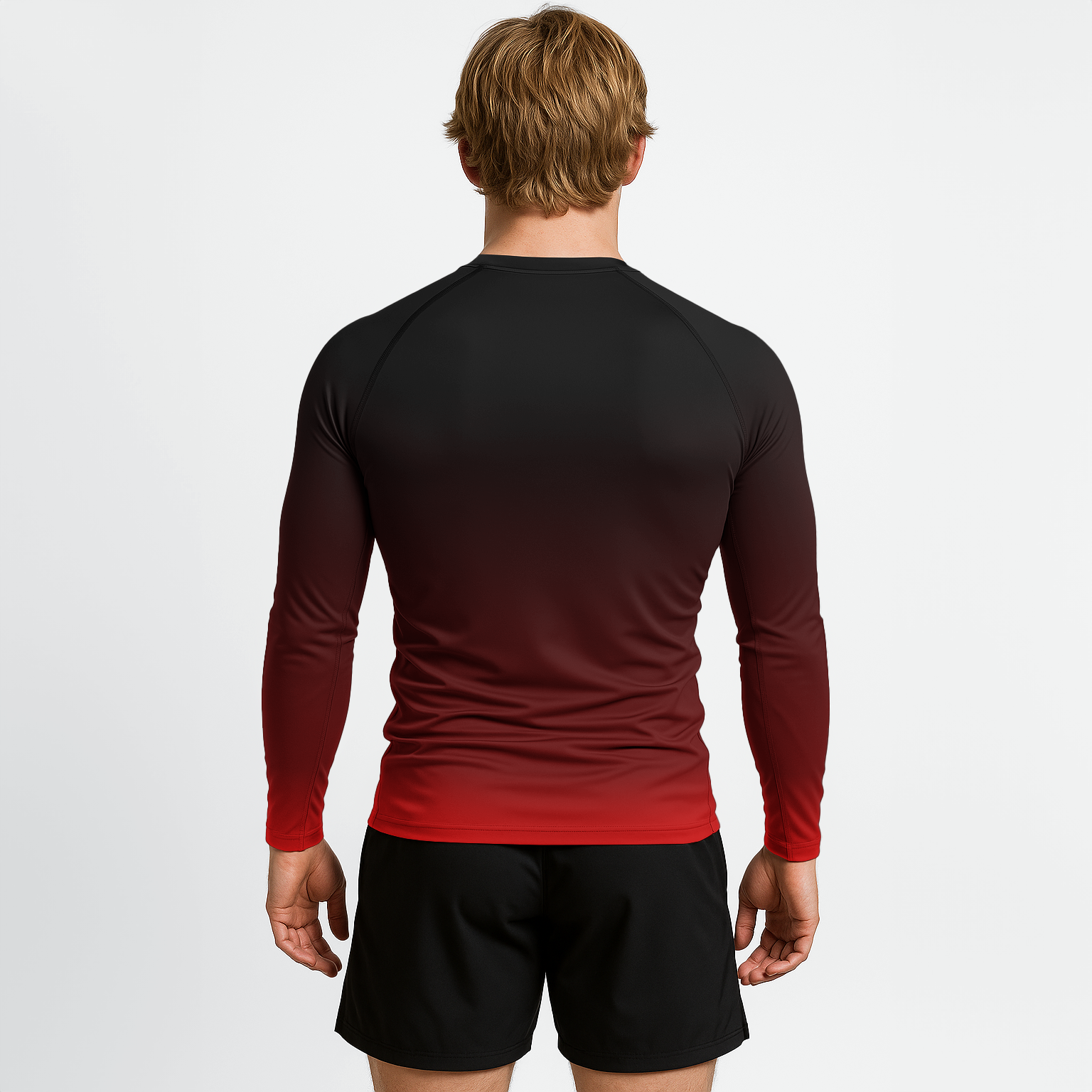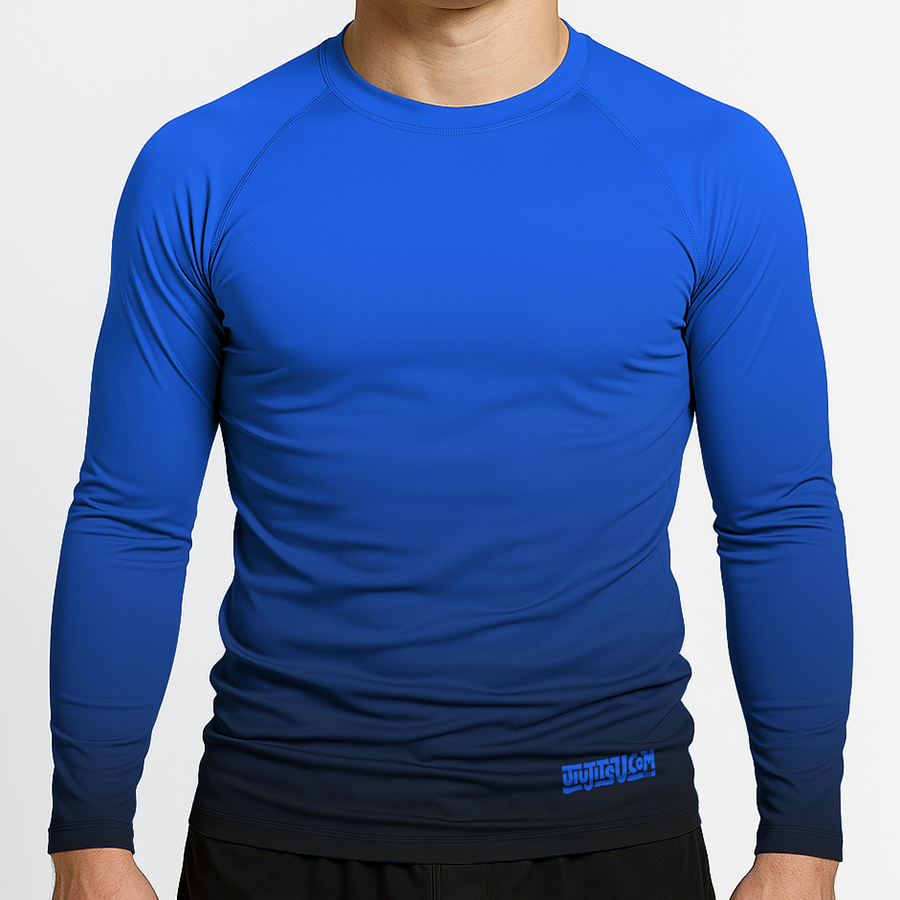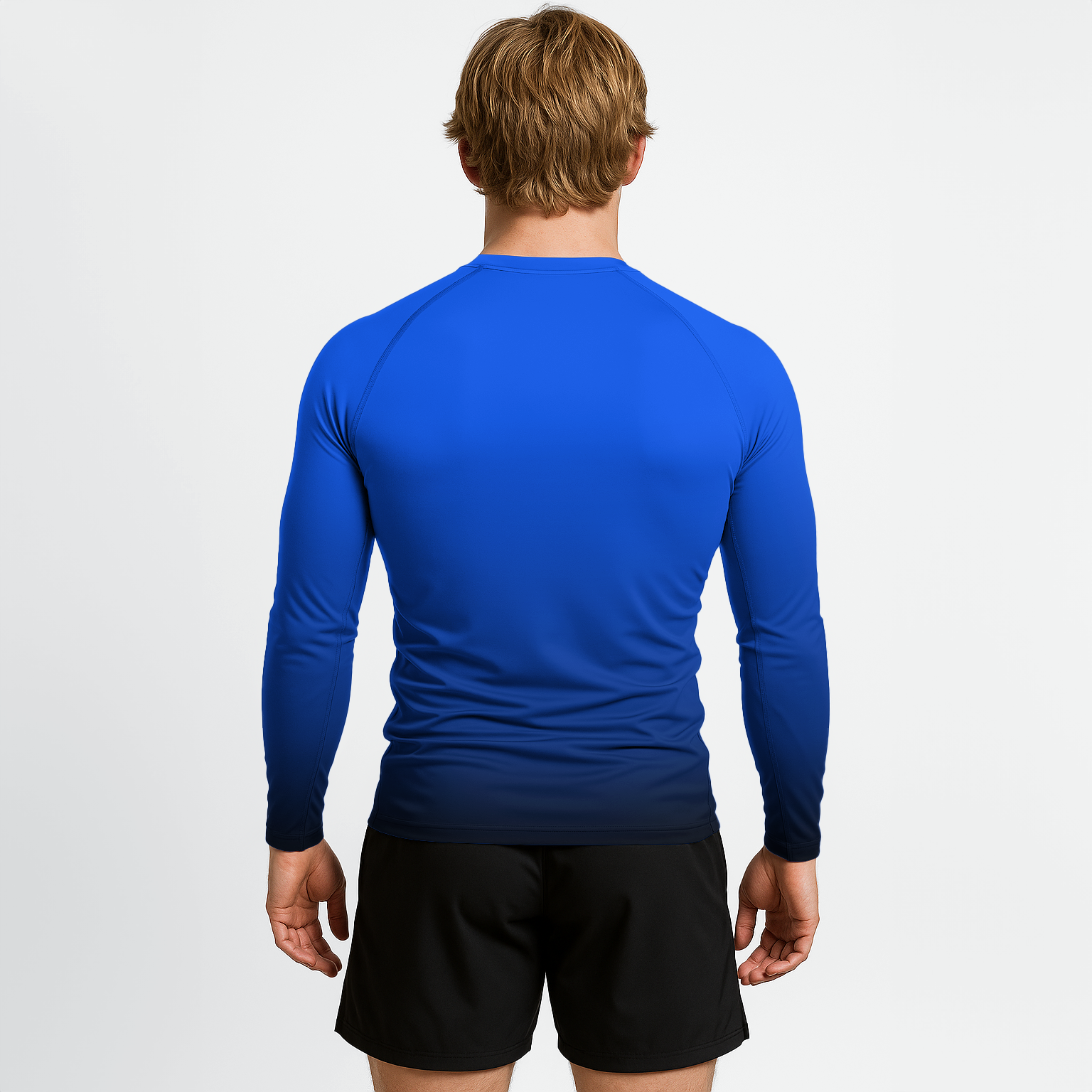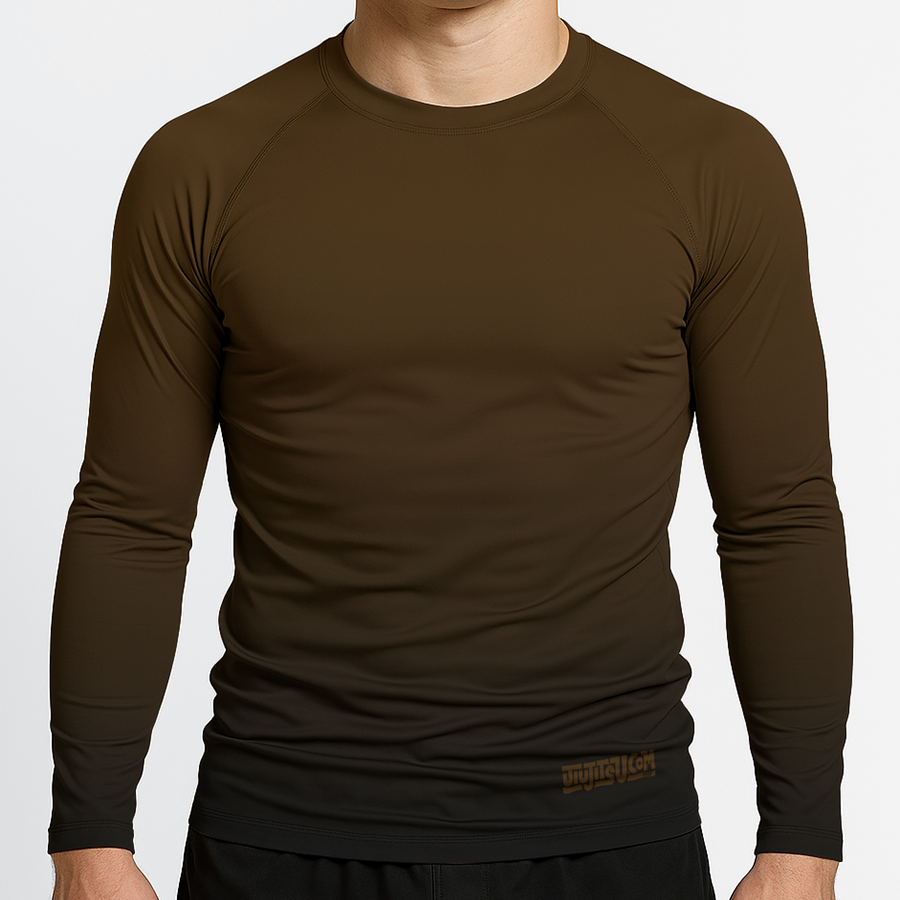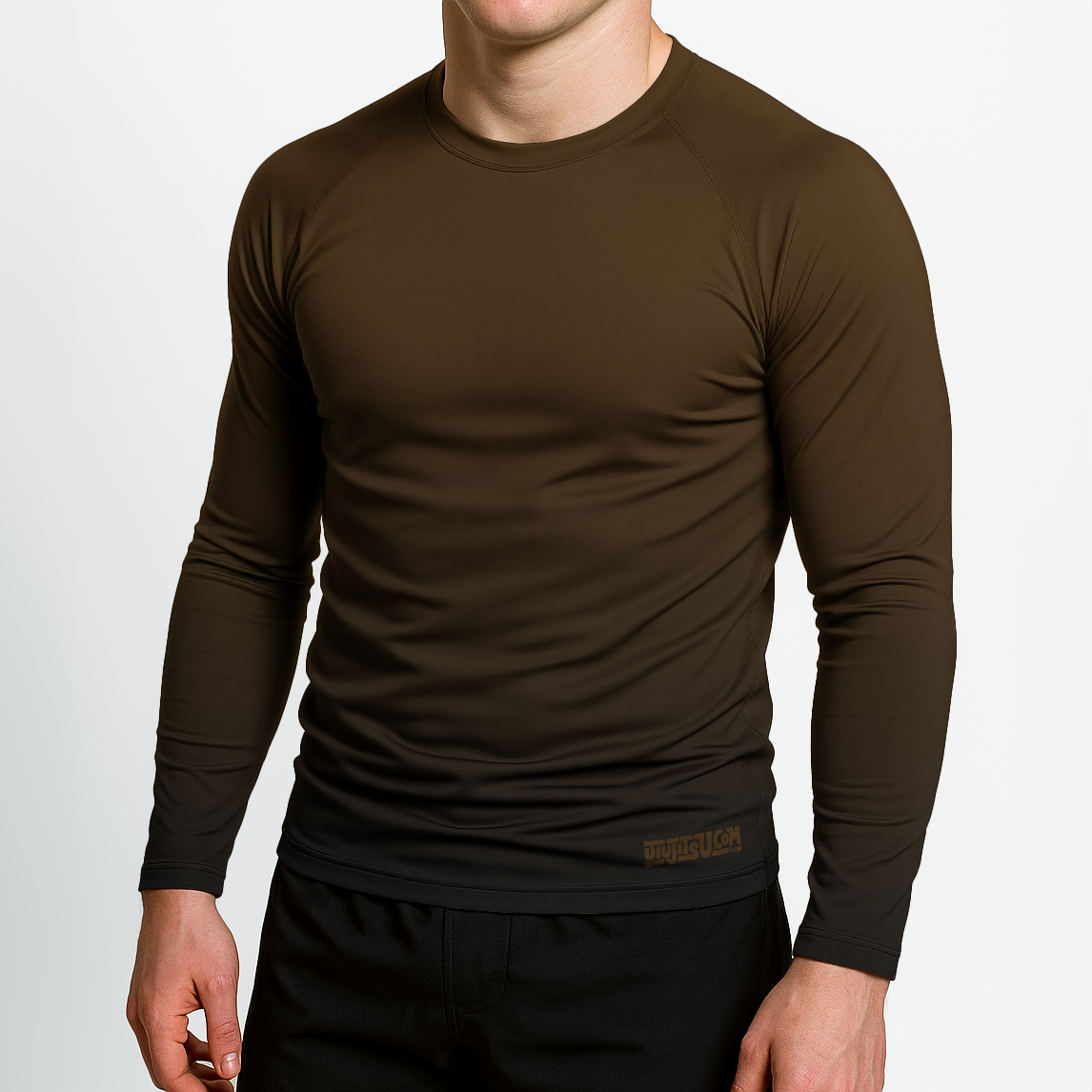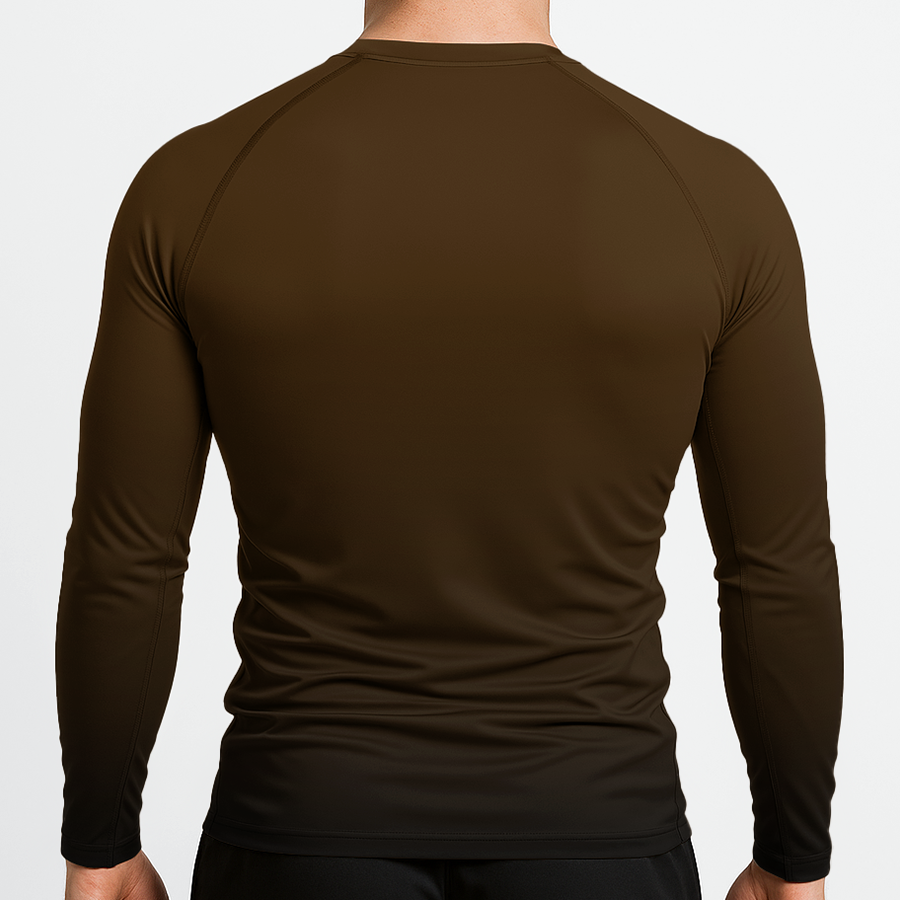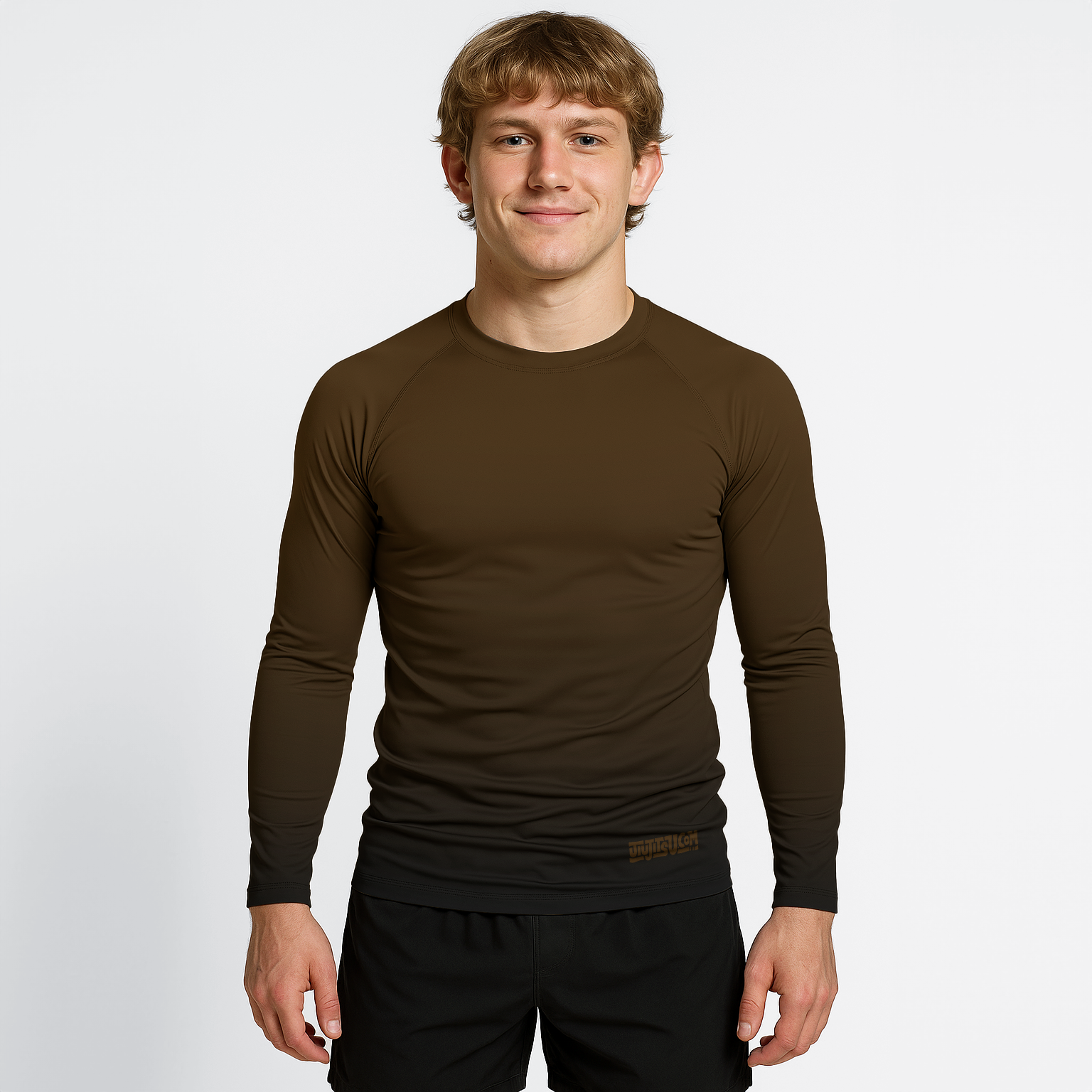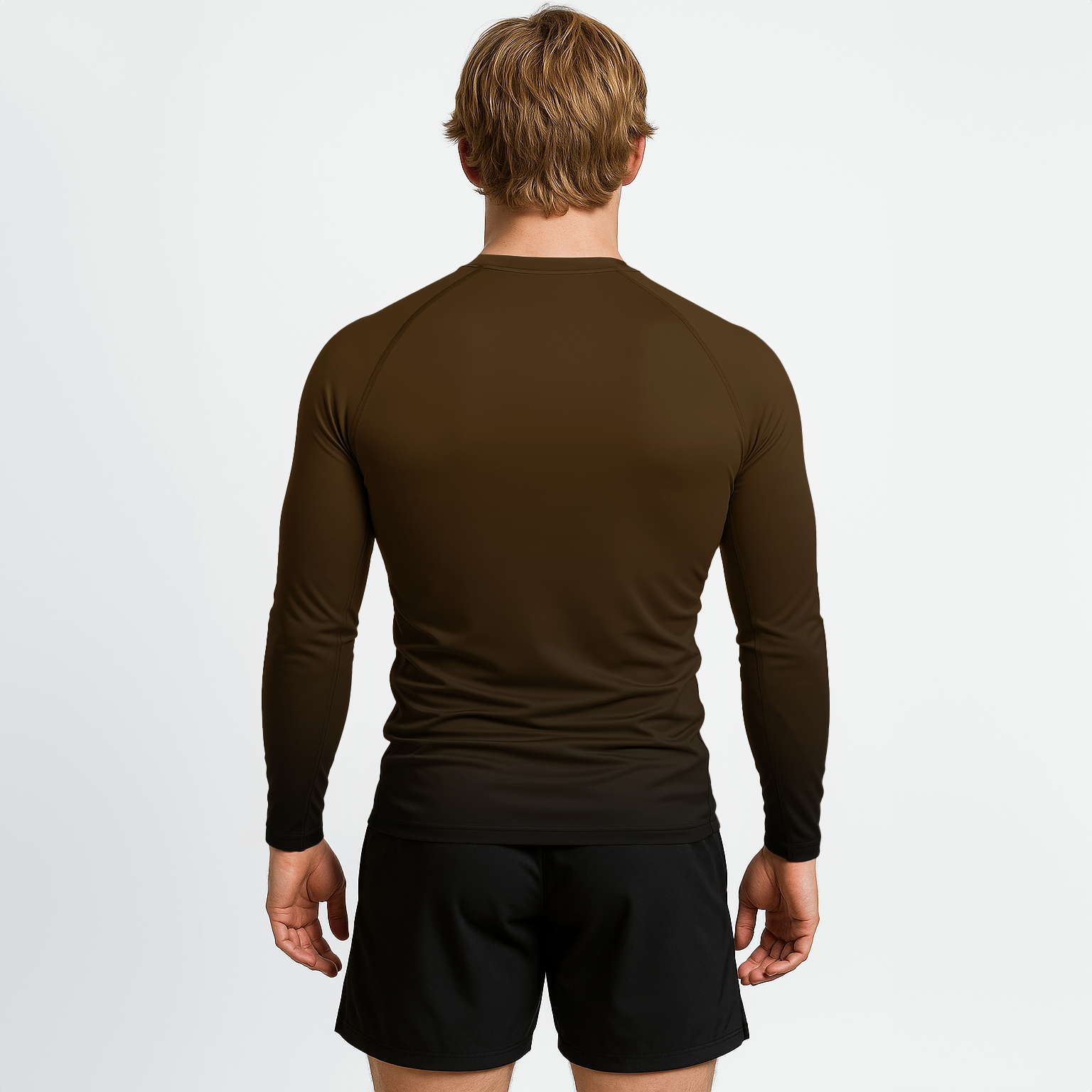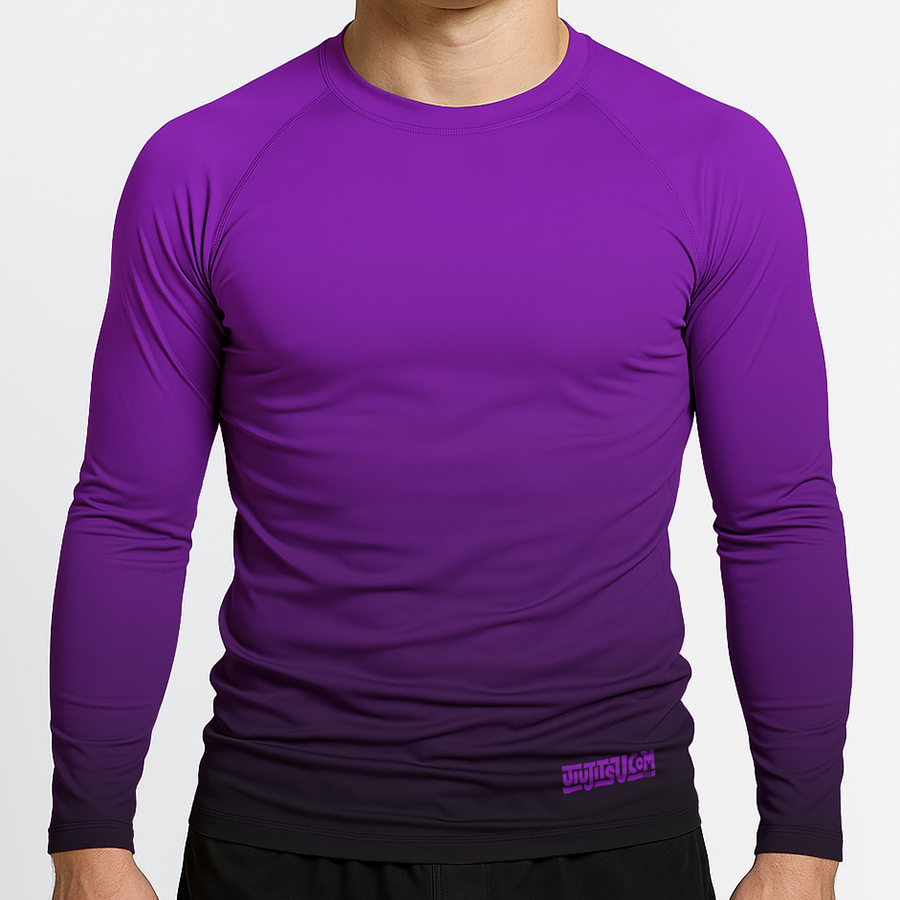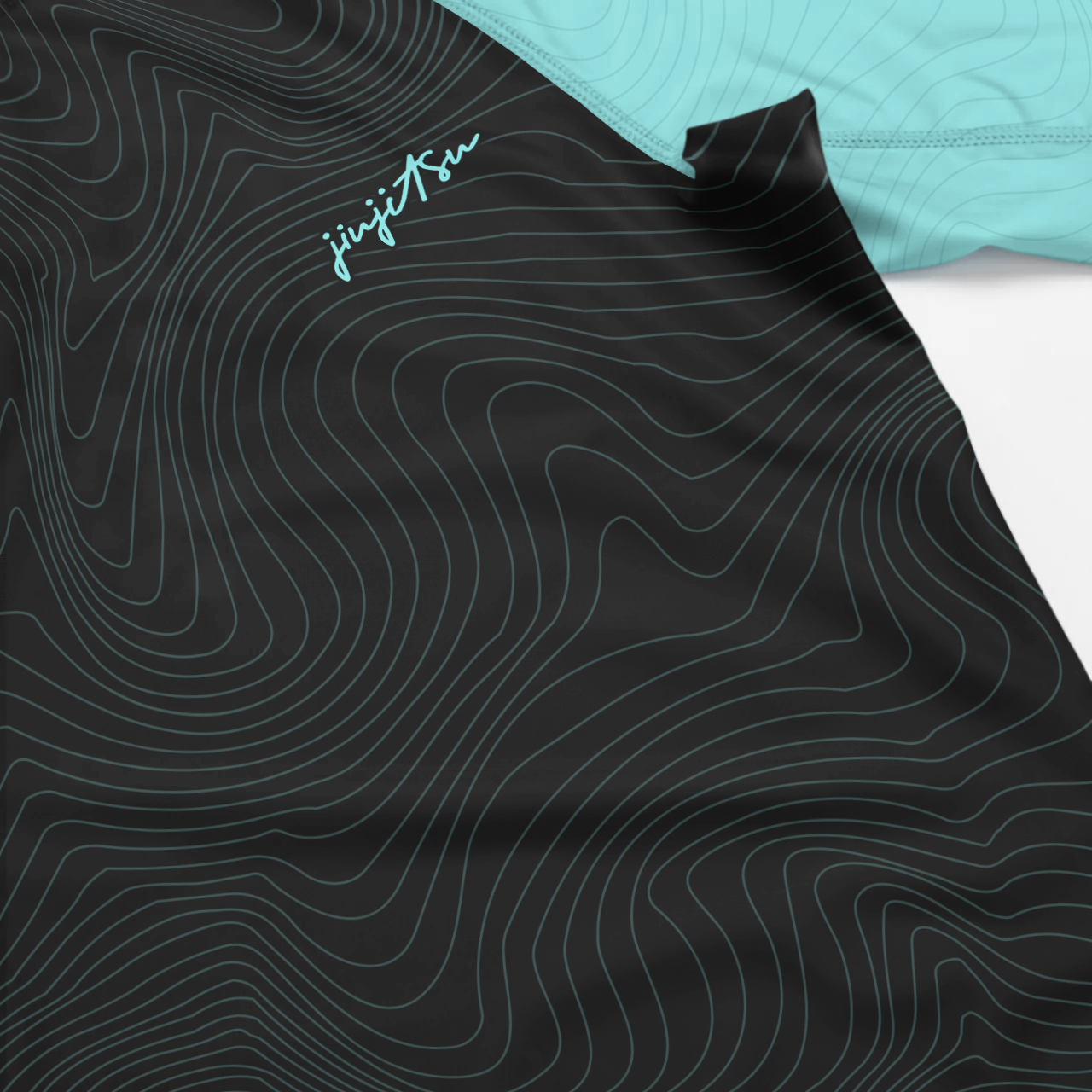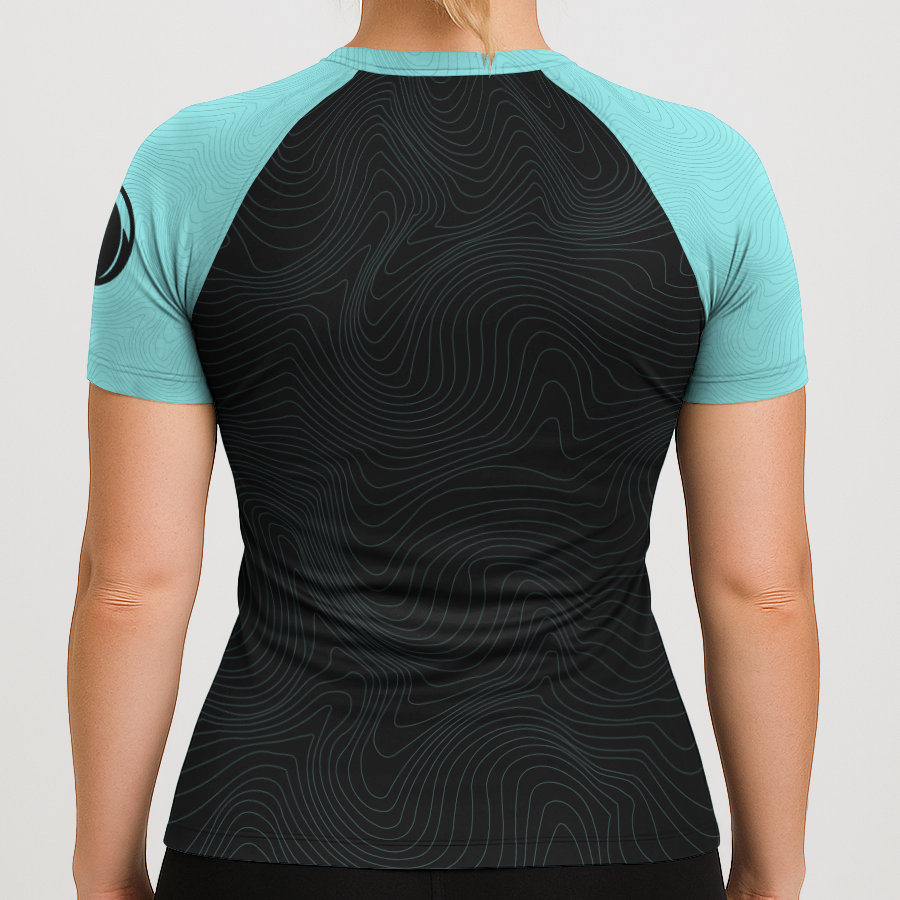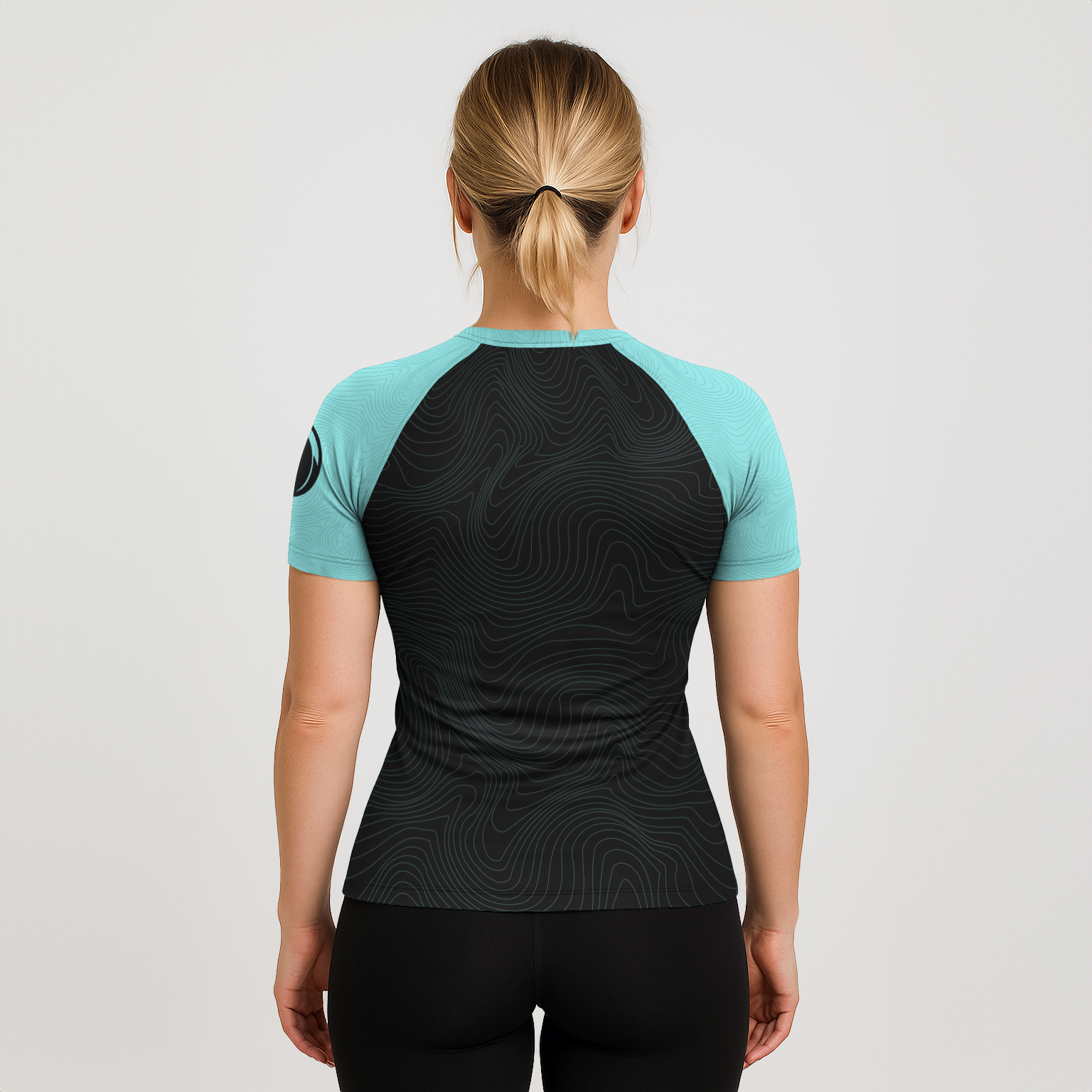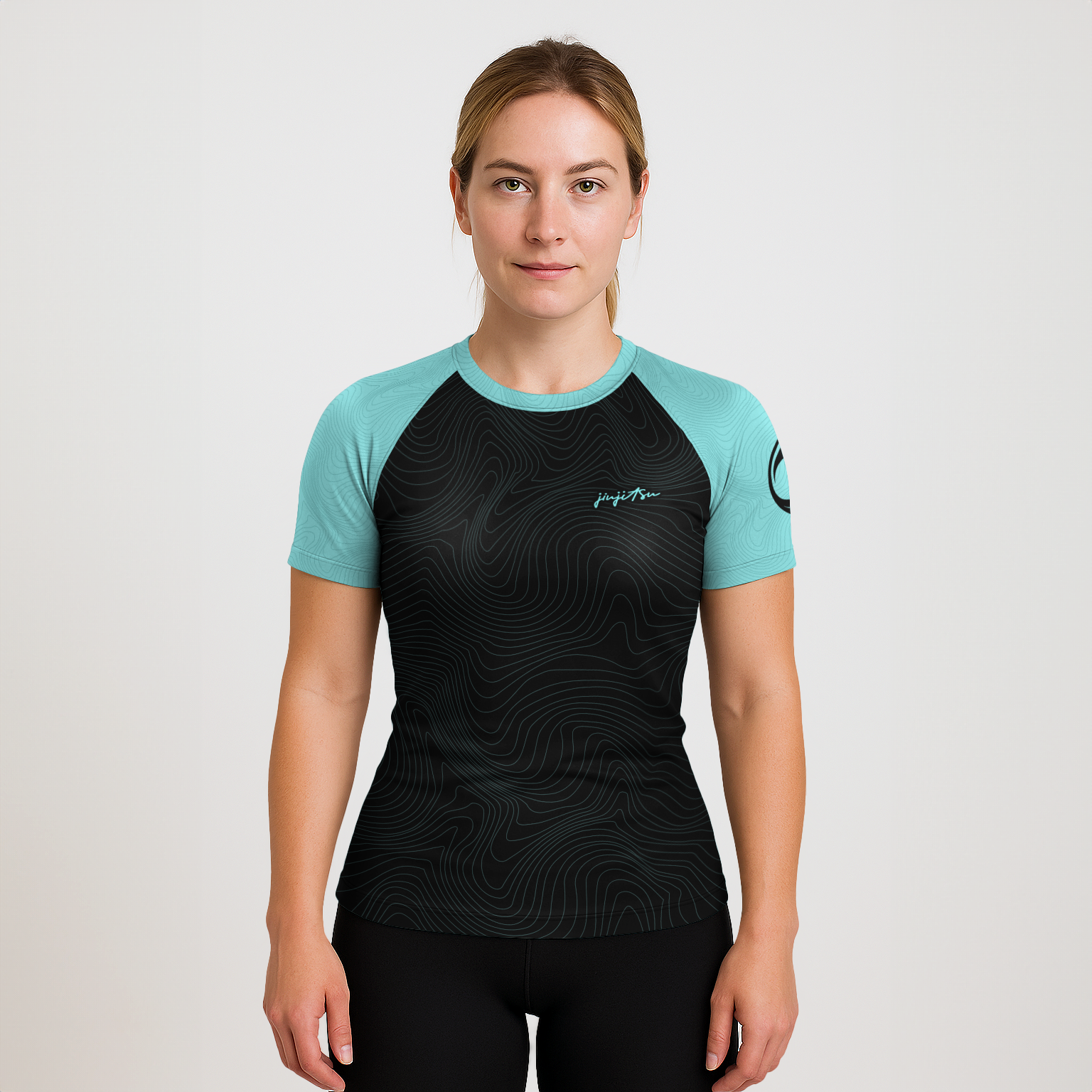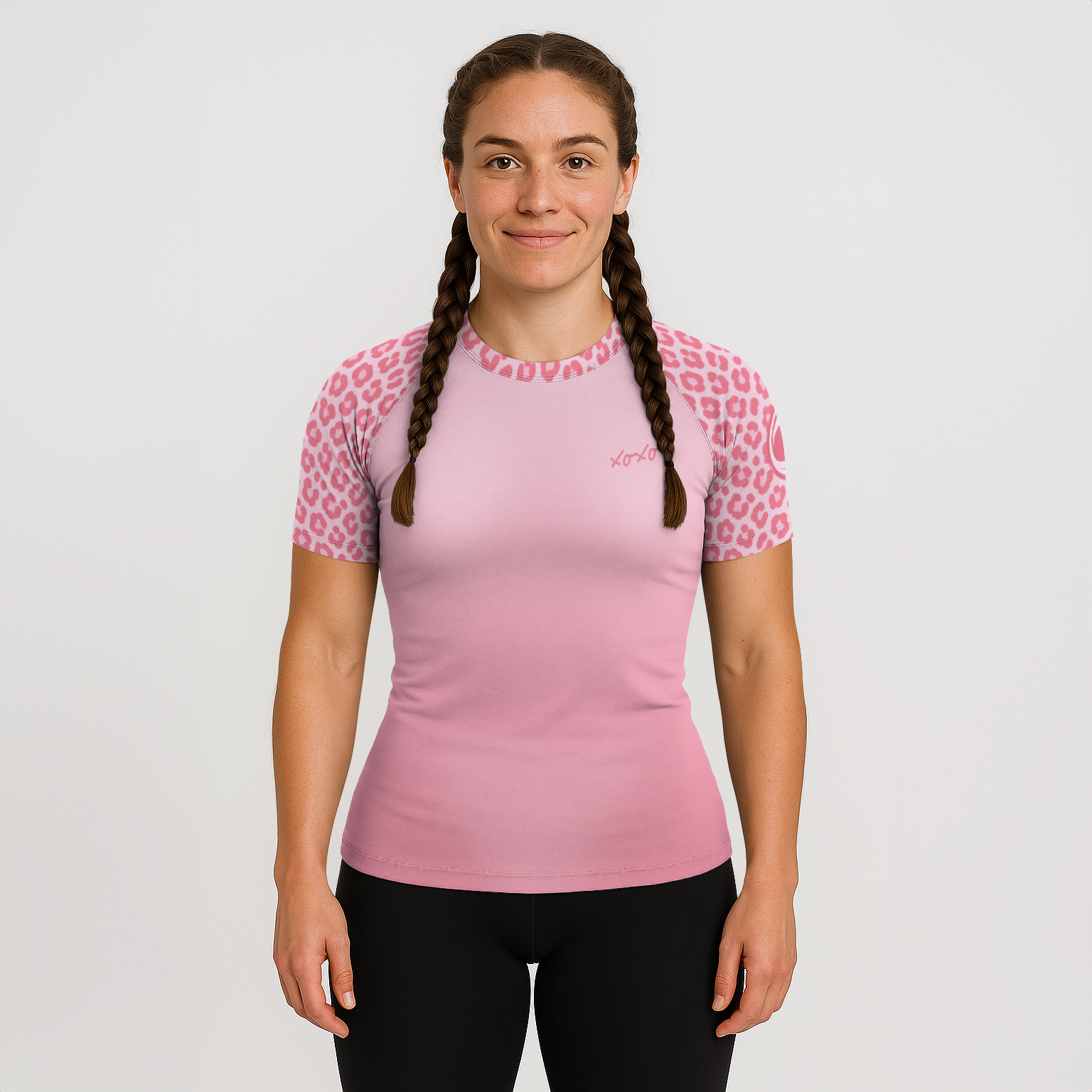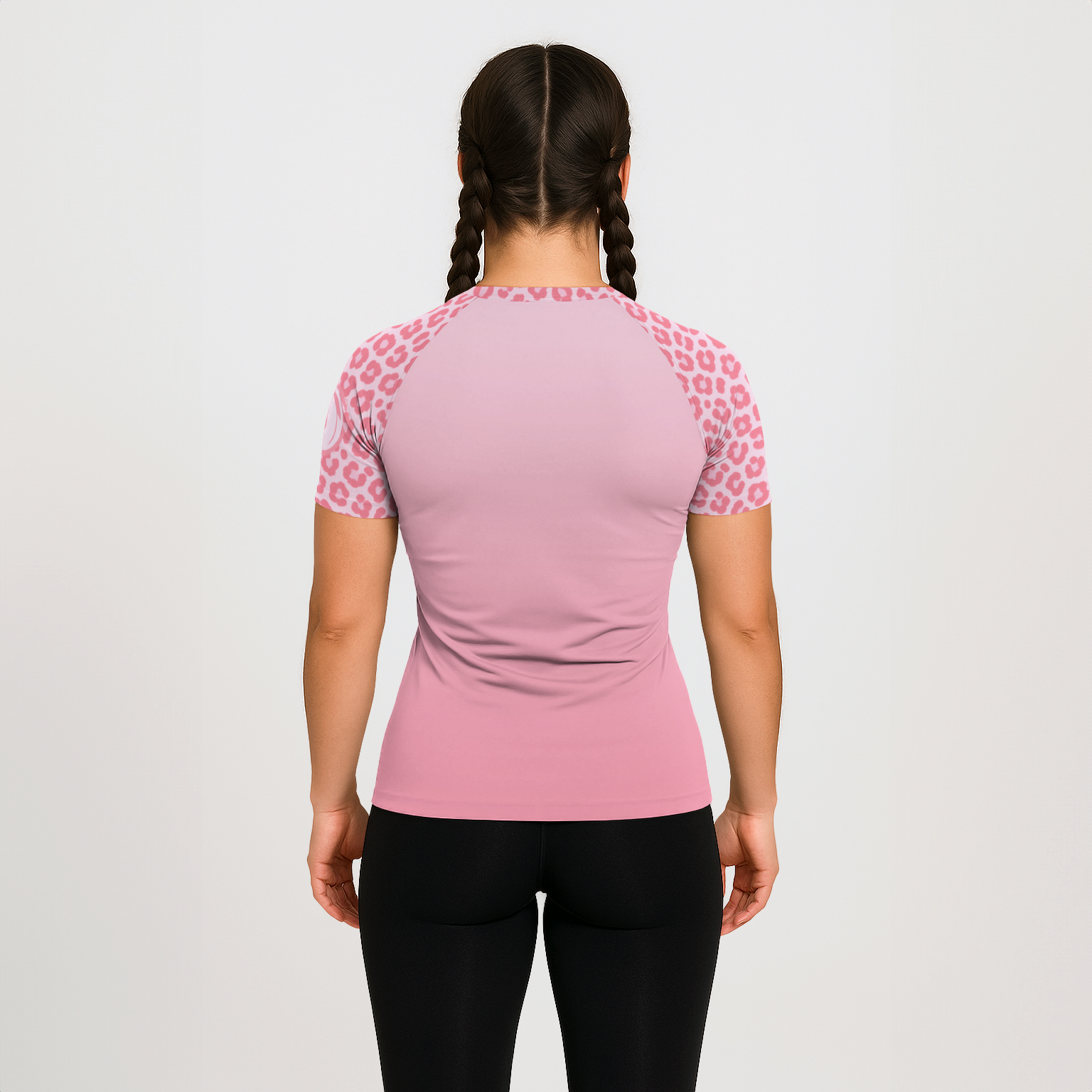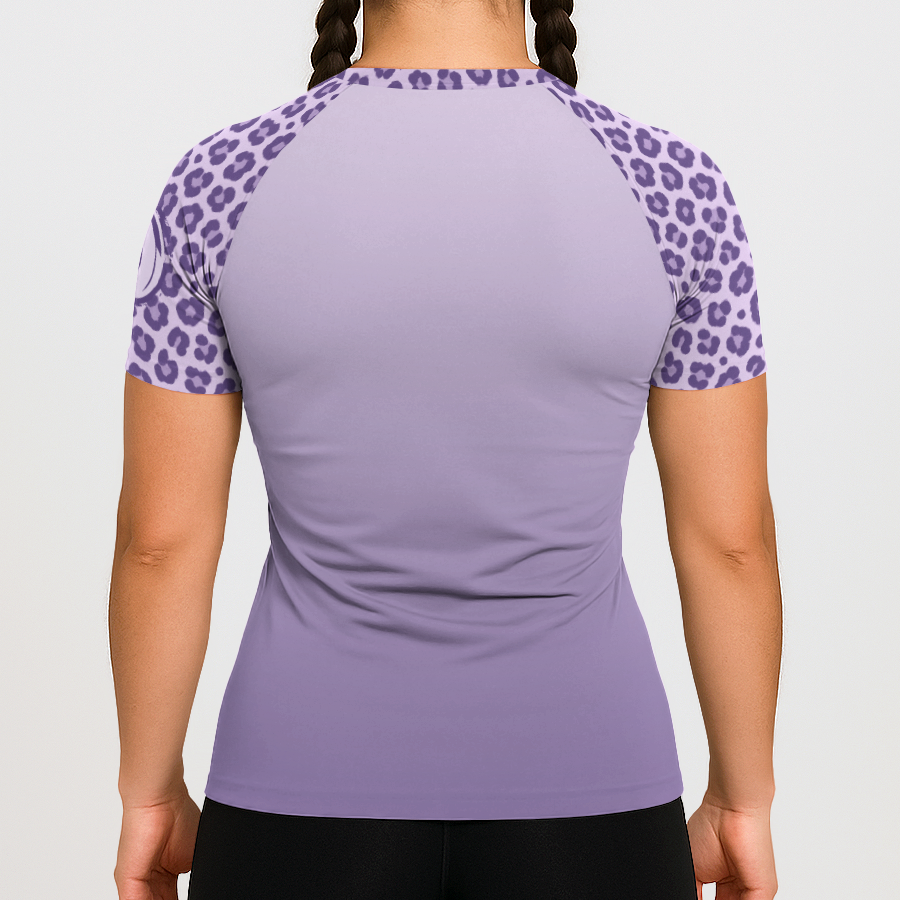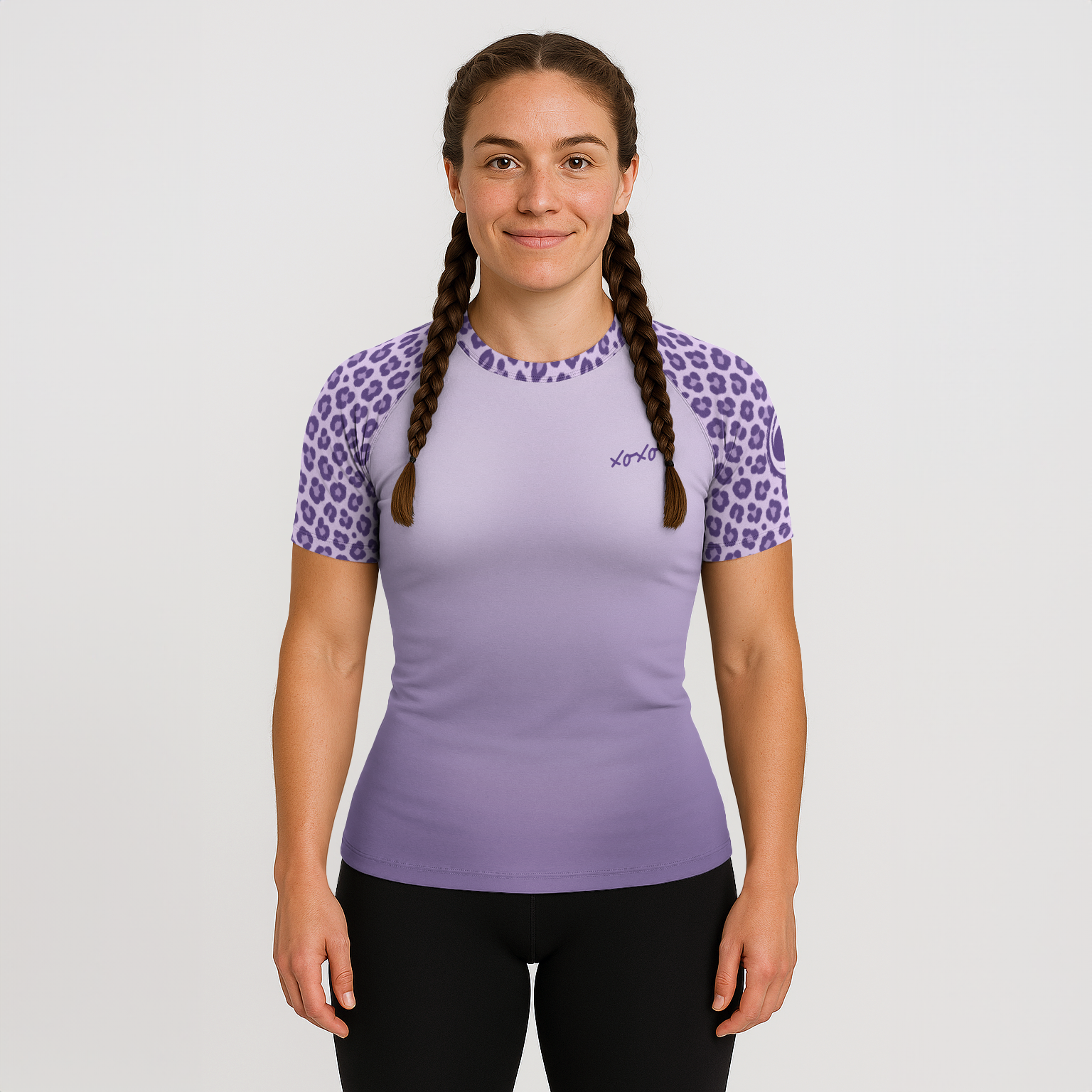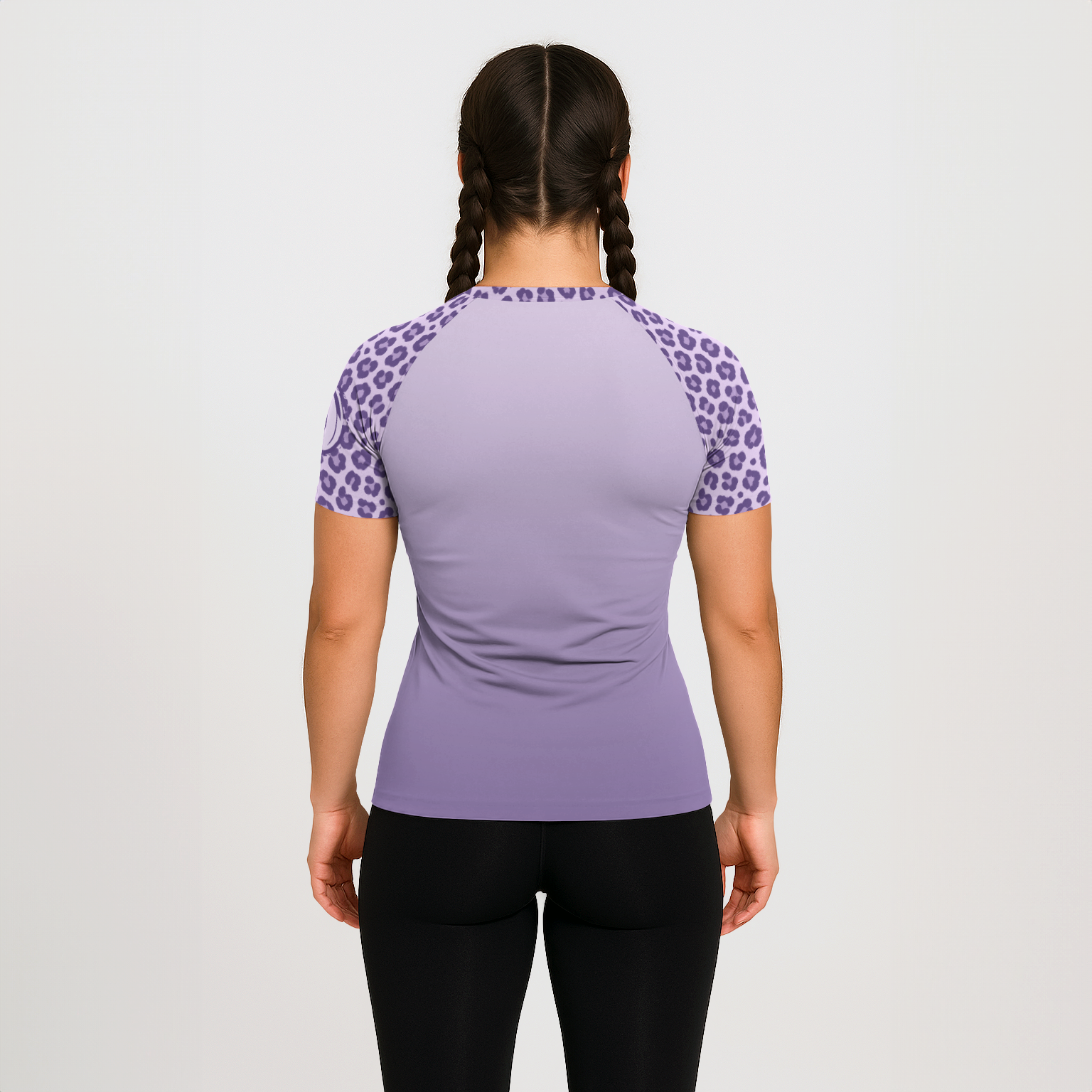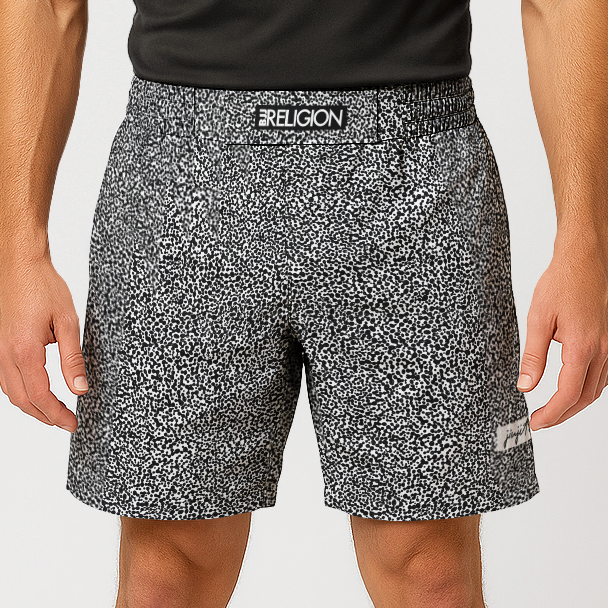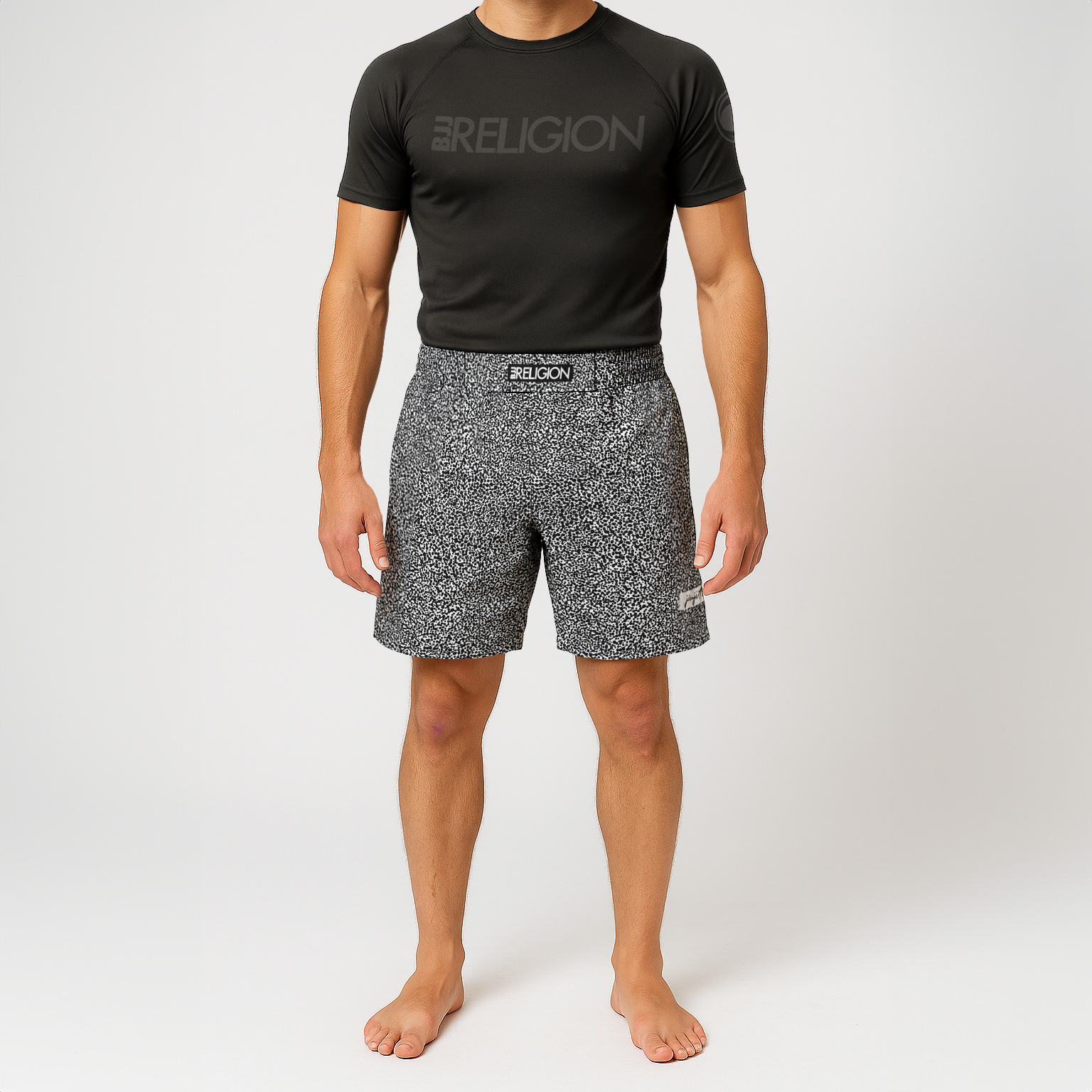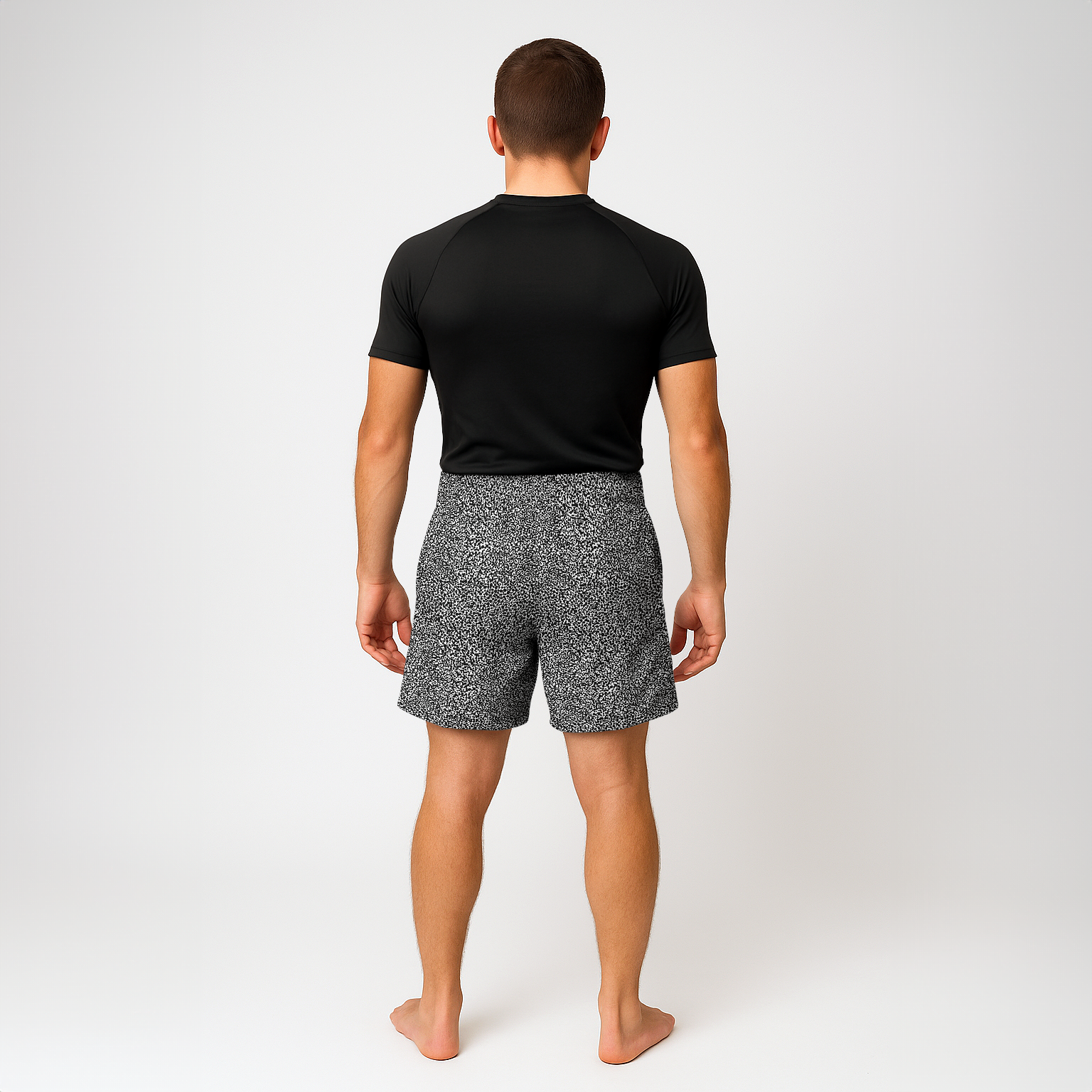How Many BJJ Gis Should I Own?

We're firm believers that you can never have enough BJJ gis...
But our customers ask this question daily, so here we are diving into the factors that influence the ideal number of Jiu Jitsu gis one should own.
We'll discuss how training frequency and budget considerations play a role in determining the right amount of gis needed. We'll also look at the differences between different gi materials and use cases to help you figure out what type of gis you should own.
As competitions can impose certain gi restrictions, it's important to understand how these requirements affect your gi choices. We will also provide insights on finding quality second-hand options within local gyms for those looking to save costs without compromising performance.
Lastly, we will emphasize the importance of selecting BJJ-specific kimonos with proper fit and examine how training conditions impact your choice of gi material.
Determining the Ideal Number of BJJ Gis
When it comes to Brazilian Jiu Jitsu, having the right gear is crucial. But how many BJJ gis do you really need? Let's break it down.
Training Frequency and Its Impact on the Number of Gis Needed
To answer this question simply - the more you train, the more gis you need.
Sure, you can always get by with one gi, but you'll have to wash it after every use(which you should anyways). If you're like most, you probably hang-dry your gi and sometimes it's simply not fully dry in time for your next training session. Plus, that gi will wear out quicker than if it was just one in a rotation of gis.
If you're a casual practitioner who only trains once or twice a week, one gi may suffice. For more frequent practitioners, having a minimum of two gis in rotation is recommended to maintain hygiene and allow sufficient drying time. This ensures proper hygiene and gives each gi ample time to be washed and dried between sessions.
- 1-2 sessions per week: One gi may suffice.
- 3+ sessions per week: Two gis at a minimum are recommended.
Budget Considerations When Purchasing BJJ Gis
Investing in quality gear is important, but it can be expensive. If you're on a budget, consider buying one higher-end gi instead of multiple cheaper options. This will provide better durability and comfort during training. As you progress in your BJJ journey, you can gradually invest in additional gis to accommodate increased training frequency and competition needs.
It's also worth noting that gi color can matter in certain competitions, so be sure to check with your gym or academy for any specific requirements. Various gi weaves and brands offer a multitude of options, ranging from lightweight to double weave or competition styles - so you can find the ideal one for your preferences.
Lightweight vs Standard Gis
When selecting a BJJ gi, it's essential to consider whether a lightweight or regular BJJ gi suits your needs best. The type of gi you choose can greatly impact your comfort during training sessions and even affect the longevity of the garment. Let's explore some pros and cons of lightweight gis compared with their heavier counterparts.
Pros and Cons of Lightweight BJJ Gis
- Comfort: A lightweight gi is typically more comfortable in hot or humid environments due to its breathability properties. This makes it an excellent choice for those who train in warmer climates or sweat heavily during workouts.
- Mobility: Lighter gis allow for greater freedom of movement, which can be beneficial when practicing intricate techniques that require flexibility.
- Drying time: Since they're made from thinner materials, lightweight gis tend to dry faster than their heavyweight counterparts - making them ideal if you have limited time between training sessions for washing and drying your gear.
- Durability concerns: Unfortunately, the thinner material used in constructing lighter gis may not last as long compared with heavier options. This means you might need to replace your gi more frequently if opting for a lighter version.
Durability Concerns with Different Types of Gi Materials
In BJJ, there are a variety of fabrics used to make distinct gis - including single weave, double weave, gold weave and more. Each type has its own set characteristics that make them suitable for specific purposes within the sport. For instance, single weave gis are generally lighter and more affordable but may be less durable than their double weave counterparts.
If durability is a primary concern for you, consider investing in a gi made from stronger materials like double weave or gold weave fabric. These types of gis tend to be heavier and can withstand rigorous training sessions better over time.
Choosing the Right Gi for You
When selecting a gi, consider factors such as your preferences, training environment and budget; additionally, check competition rules for any color requirements. These include your personal preferences, training environment, and budget constraints. The color of your gi can also matter in certain competitions, so be sure to check the rules before making a purchase. The IBJJF has the most strict rules and only allows white, blue, or black gis during competition.
Some popular gi brands for Brazilian Jiu Jitsu include Fuji, Gameness, and Brazil Combat. You can always reach us on live chat or email us if you are looking for a personal recommendation.
Competition Requirements and Gi Choices
Participating in Brazilian Jiu Jitsu tournaments requires careful consideration of competition requirements that can affect your gi choices. Different events have varying rules regarding attire colors allowed during matches. To avoid disqualification, it's advisable to have at least two separate competition GIs handy incase one doesn't pass inspection for any reason.
Tournament Gi Regulations
- Gi Color: Most BJJ competitions allow white, blue, or black gis. Always check the tournament guidelines before purchasing a new gi for competition.
- Patches and Logos: Many tournaments have strict rules about patches and logos on your gi. Ensure any patches are securely attached and comply with size restrictions outlined by the event organizers.
The Importance of Having Multiple BJJ GIs
Owning more than one high-quality Jiu Jitsu Gi is crucial for several reasons:
- You'll always have a clean, dry gi ready for your next training session.
- Having multiple gis allows you to rotate them and extend their lifespan by reducing wear and tear on a single gi.
- In case of any unexpected damage or staining during the competition, having a backup gi ensures you can continue competing without issue.
Investing in at least two high-quality BJJ gis designed specifically for competition will not only help you comply with tournament regulations but also enhance your overall training experience on the mat. So take time to research various gi brands and styles before making your final decision.
Buying a Used Gi for Cost Savings
Starting your Brazilian Jiu Jitsu journey or expanding your gi collection doesn't have to break the bank. Second-hand BJJ gis can offer significant cost savings while still providing quality gear that meets your training needs.
Twice a year, we have a "garage sale" where we sell all of our returned and/or slightly damaged gis at huge discounts.
Benefits of considering used gear
- Affordability: Pre-owned BJJ kimonos are typically more affordable than brand-new ones, allowing you to save money or even purchase multiple gis within the same budget.
- Variety: Second-hand markets often feature a wide range of gi brands and styles, giving you the opportunity to try out different options before committing to a specific type or weave, like single weave or double weave gis.
- Eco-friendly: Buying used clothing is an environmentally friendly choice as it helps reduce waste and promote sustainability in the fashion industry.
Finding quality second-hand options within local gyms
To find good-quality pre-owned BJJ gis, start by checking with your local gym or martial arts academy. Many gyms have bulletin boards or private Facebook groups where members post items for sale, including used gis. Additionally, some academies may host periodic swap meets where students can trade their old gear for something new-to-them.
Remember, when buying second-hand BJJ gi, it's essential to inspect the item thoroughly for any signs of wear or damage that could impact its performance during training sessions. Additionally, make sure the gi fits well and meets your gym's dress code requirements regarding color and branding.
Purchasing used BJJ gear can be an excellent way to save money while still acquiring quality equipment suitable for both casual training sessions and competition preparation.
Quality & Fit - Crucial Factors for Your Gi Selections
When selecting BJJ gis, quality and fit should be top priorities. A well-fitting gi ensures comfort and equality among students, allowing them to focus on training without distractions.
Importance of BJJ-specific Gis
BJJ gis are tailored to meet the unique requirements of this martial art. They have tapered sleeves and pants, and come in various weaves like single or double weave that cater to different preferences in weight and durability.
How the Right Fit Can Impact Your Training
A properly fitting gi allows full range of motion, prevents accidents or injuries, and maintains a professional appearance on the mats. Consult sizing charts and customer reviews when purchasing online from reputable brands like gi brands. Keep in mind that gis may shrink after washing, so follow these BJJ Gi care instructions.
Conclusion
It's simple, the number of BJJ gis you need depends on your training frequency and budget.
If you train often or compete, it's a good idea to invest in multiple gis that you wear solely for competition usage.
Lightweight and standard gi options have their pros and cons, so choose what works best for your training conditions.
Save money by checking out second-hand gi options, but make sure to inspect for wear and tear before buying.
Ensure your gi fits properly for maximum comfort and effectiveness during training sessions.
Remember these factors when deciding how many BJJ gis you should have.

